Wednesday, March 26, 2008 -
Isle of Palms, Boone Hall Plantation, Market Street
Again I took advantage of being on vacation and
rose late.
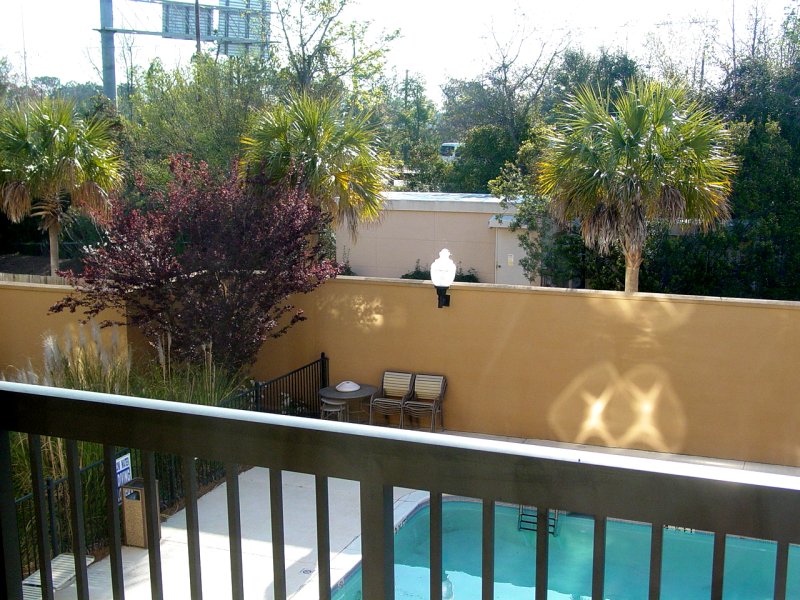
We left the hotel at 10:08 AM and revisited
Panera in North Charleston for breakfast at 10:30, finishing at 11:00AM.
Next we took a quick trip over to Wal*Mart for water and some light shopping.
We got back on the road at 11:30AM. With the GPS set for Boone Hall
Plantation, we missed the turn for the bridge, but got right back on the highway
and soon flew over the bridge.
  
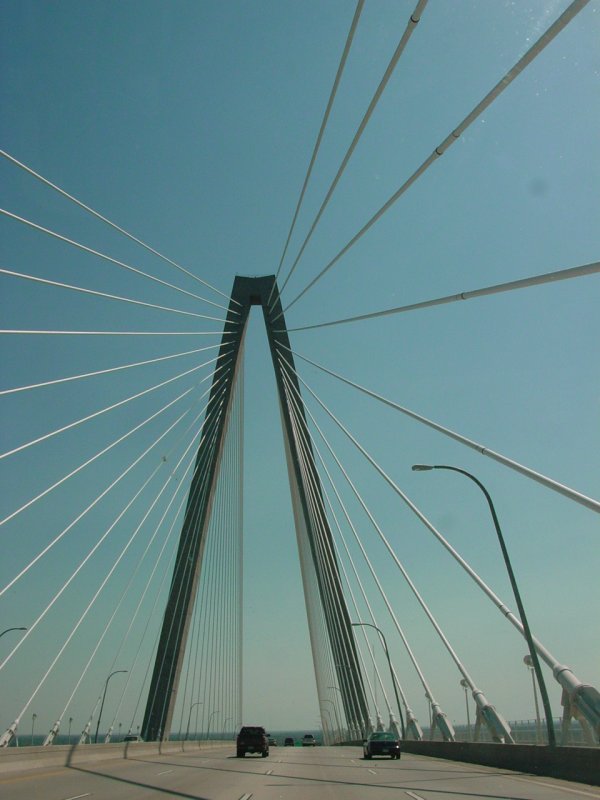
Boone Hall Plantation
I have all these stereotypes
in my mind about what Southern Plantations are like. Some comes from
history books. More comes from movies, like Gone With the Wind.
And accounts on TV documentaries. But I was sure the reality was
varied and in many cases not at all like what I had come to think. I
wanted to see for myself a Southern Plantation and learn what I could about
at least one such place. We arrived at Boone Hall Plantation at
12:20PM. It was pretty quiet at the entrance and after receiving a AAA
discount, drove up the road to the stereotypical tree-line drive with the
plantation house framed at the very end. So far, nothing surprising,
though the scale of the old trees lining the drive were incredible.
 
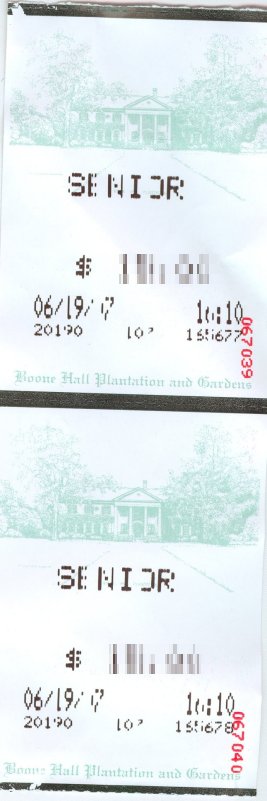
 
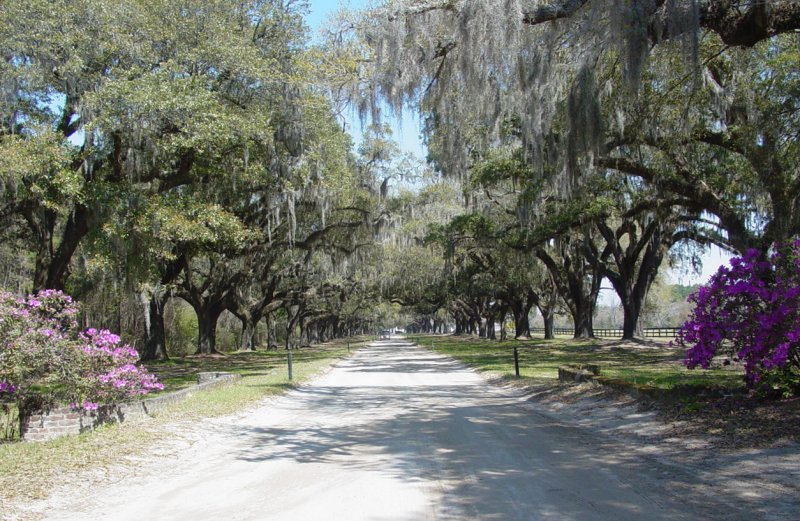
 
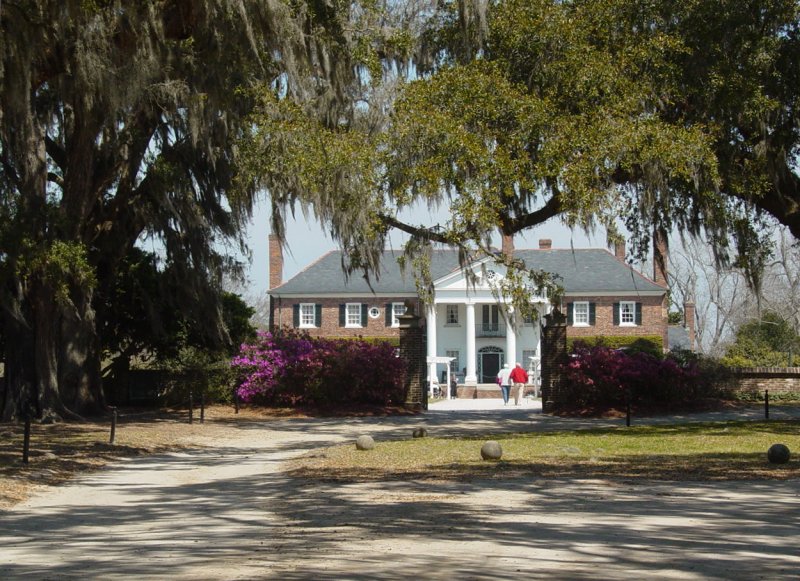

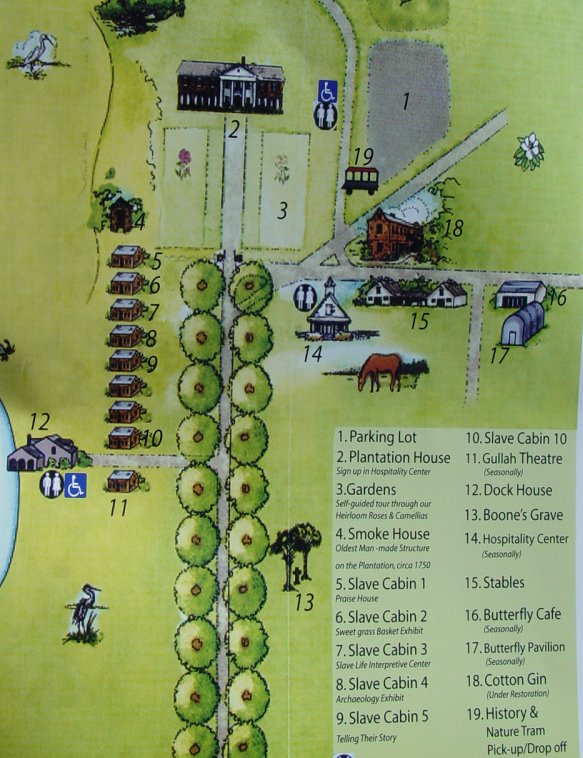
We parked and walked to the
grounds.

What I found was that if this
was a working plantation, all evidence of it was elsewhere. There
wasn't any sign of livestock, farm equipment or storage of produce, and so
on. The tour surrey is gasoline powered.
We went to the hospitality
center and signed up for the house tour at 2:00PM, then wandered back to the
tour ride stop to wait.

Soon it arrived but as we
reached the steps was full so we did not board. The next would be 45
minutes so we decided instead to walk around the grounds rather than spend
our time waiting at the stop. With the house tour starting at 2:00
that meant we would not be able to take the tour ride at all.
The grounds were well kept and
beautiful.

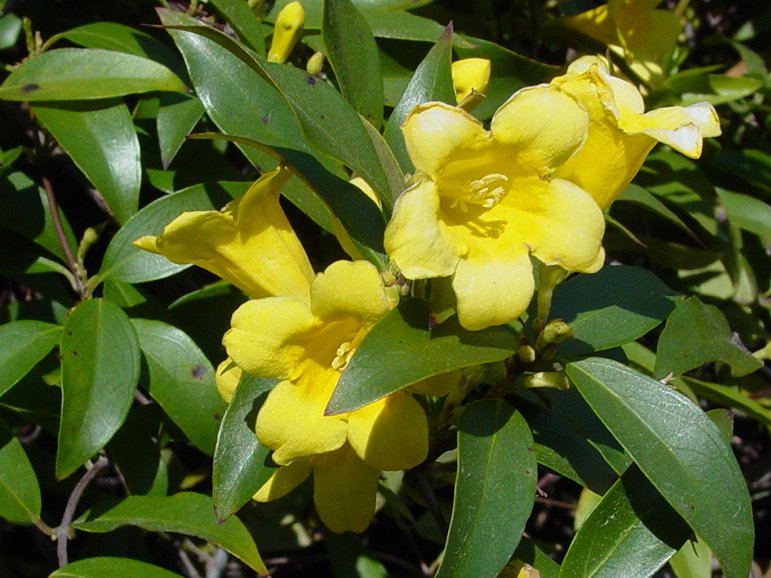
We found lots to look at and
admire.
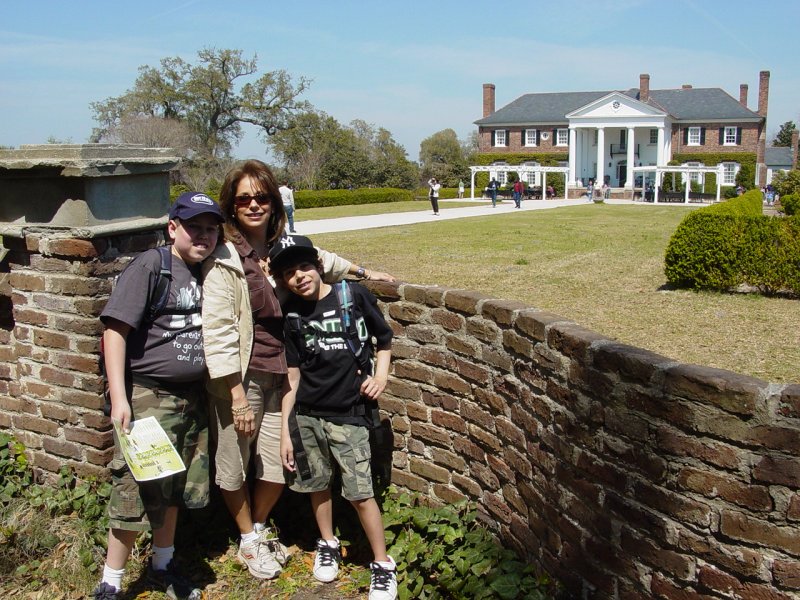

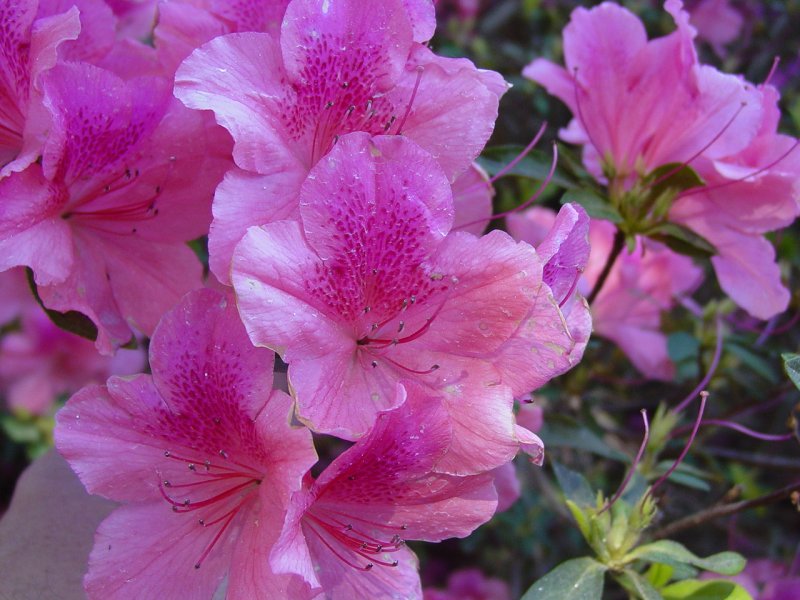
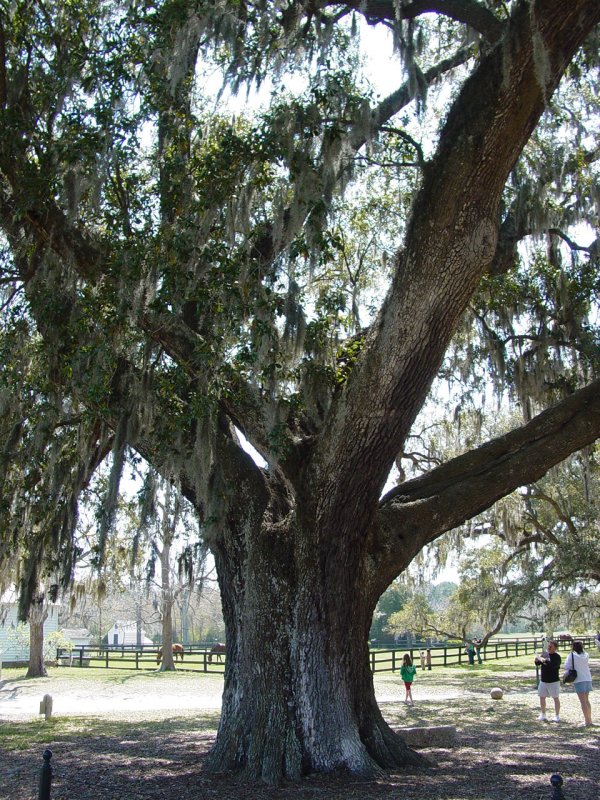
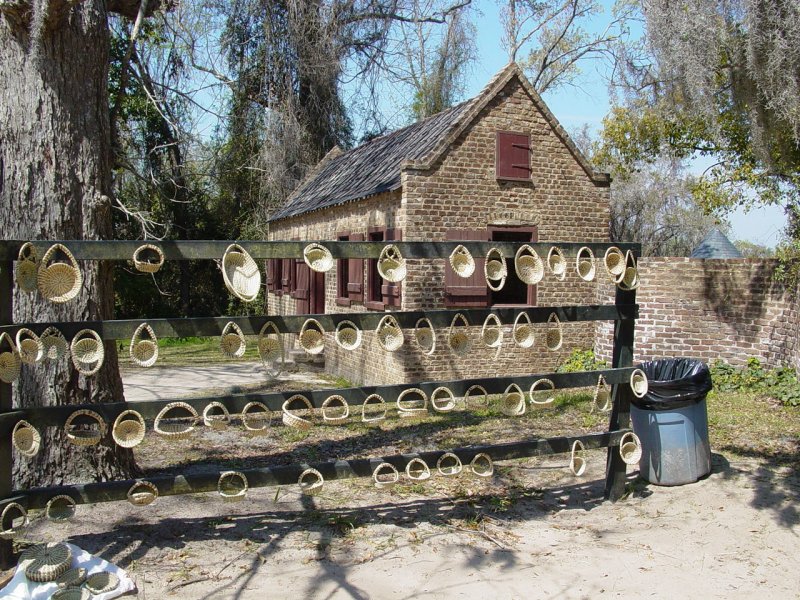
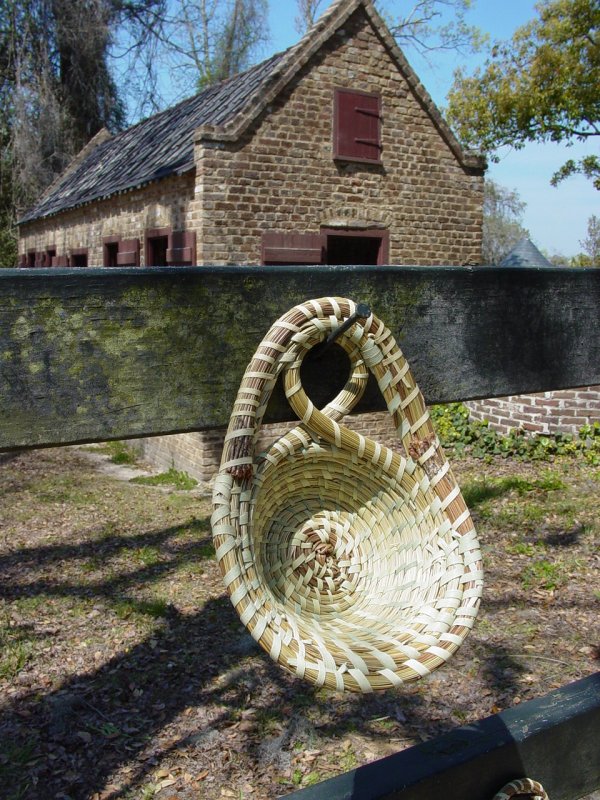
The plantation has several
slave cabins. Which brings us to slavery on plantations. It is
difficult for me to look at this period in American History, even with the
benefit of almost 200 years perspective. We read accounts of the
practice, popular depictions of the range of experiences that victims of
this practice had. Those ranging from abject abuse that wasn't fit for
even the lowest animals, to the so-called humane treatment of the "lucky"
ones who were perhaps not abused, and even housed well.
Notwithstanding the self-assuaging claims of plantation owners of the
period, who nonetheless participated in the mass kidnapping of thousands of
people, causing by their demand for cheap labor, the total destruction of
generations of people's lives, and creating a situation in the wake of
slavery that still impacts the descendants of slaves to this day. So
it is with my sense that there is no way to justify slavery, that I find any
claim very hard to swallow that treatment of slaves at any plantation was
appropriate.
Taking at face value what is
presented at Boone Hall Plantation, we have a few slave cabins that appear
very well constructed and even reasonably well fitted. They all have
shuttered windows, though no glass. They all have large hearths,
though no provision for cast-iron cooking implements. They all have
floorboards, though I do not believe the claims that the floors are original
as they are not even worn in a way that you would expect floors to wear over
centuries of use. The grounds around the cabins are manicured.
It's very nice but it's a little hard to believe - that living conditions
would really be this good. But perhaps I am too cynical.
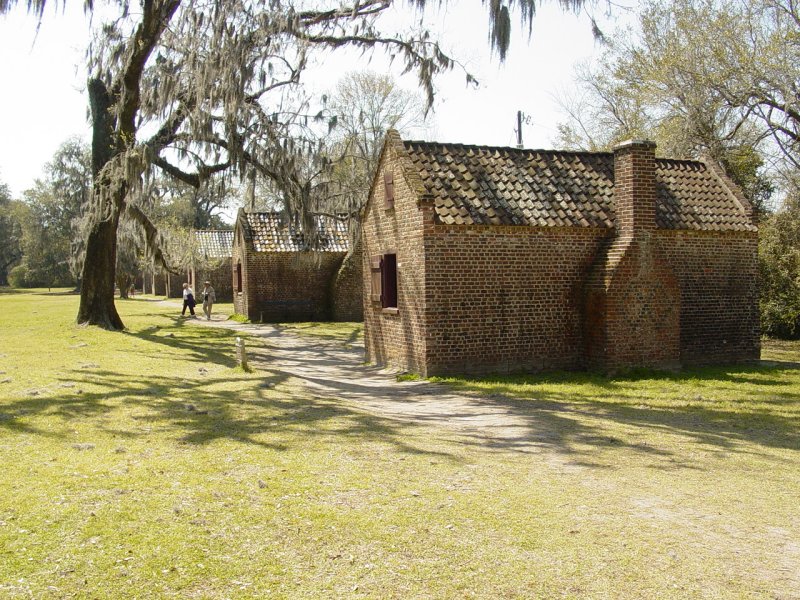

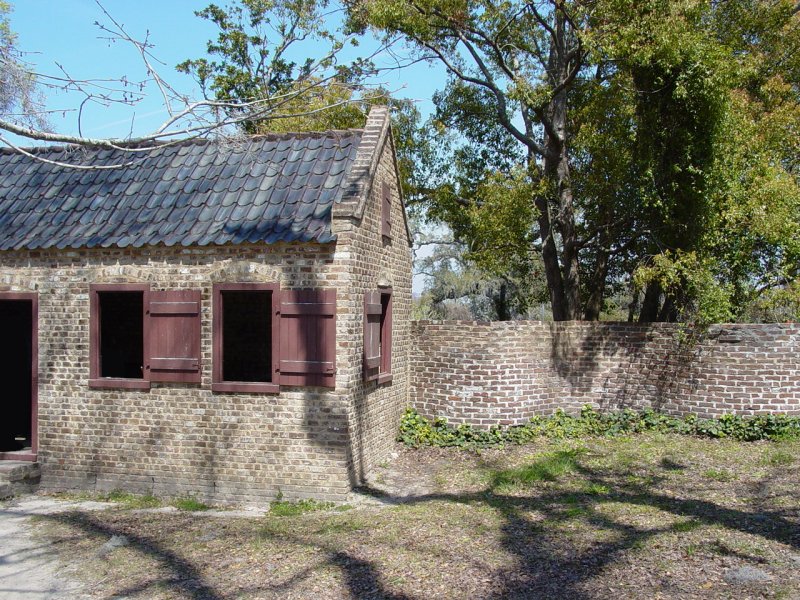
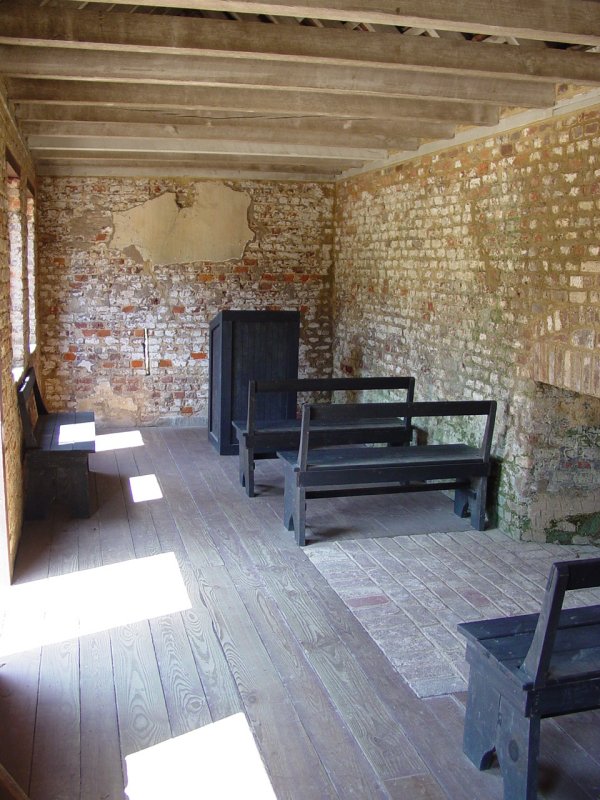
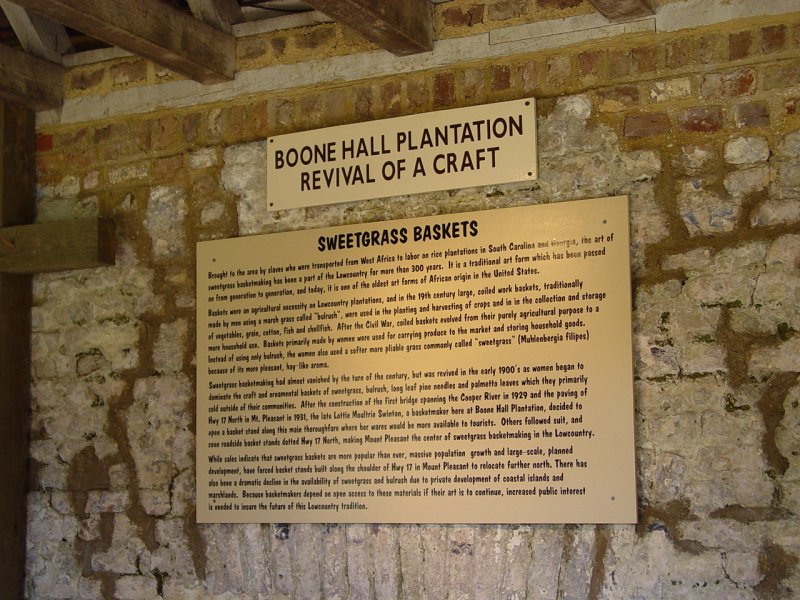
Sweetgrass Baskets
Brought to the area by
slaves who were transported from West Africa to labor on rice
plantations in South Carolina and Georgia, the art of sweetgrass
basket making has been a part of the Lowcountry for more than 300
years. It is a traditional art form which has been passed on from
generation to generation, and today, it is one of the oldest art
forms of African origin in the United States.
Baskets were an
agricultural necessity on Lowcountry plantations, and in the 19th
century large, coiled work baskets, traditionally made by men using
a marsh grass called "bulrush" were used in the planting and
harvesting of crops and in the collection and storage of vegetables,
grain, cotton, fish and shellfish. After the Civil War, coiled
baskets evolved from their purely agricultural purpose to a more
household use. Baskets primarily made by women were used for
carrying produce to the market and storing household goods. Instead
of only bulrush, the women also used a softer more pliable grass
commonly called "sweetgrass" (Muhlenbergia filipes) because of its
more pleasant, hay-like aroma.
Sweetgrass basket
making had almost vanished by the turn of the century, but was
revived in the early 1900's as women began to dominate the craft and
ornamental baskets of sweetgrass, bulrush, long leaf pine needles
and palmetto leaves which they primarily sold outside of their
communities. After the construction of the first bridge spanning the
Cooper River in 1929 and the paving of Hwy 17 North in Mt. Pleasant
in 1931, the late Lottie Moultrie Swinton, a basket maker here at
Boone Hall Plantation, decided to open a basket stand along this
main thoroughfare where her wares would be more available to
tourists. Others followed suit, and soon the roadside basket stands
dotted Hwy 17 North, making Mount Pleasant the center of sweetgrass
basket making in the Lowcountry.
While sales indicate
that sweetgrass baskets are more popular than ever, massive
population growth and large-scale, planned development, have forced
basket stands built along the shoulder of Hwy 17 in Mount Pleasant
to relocate further north. There also has been a dramatic decline in
the availability of sweetgrass and bulrush due to private
development of coastal islands and marshlands. Because basket makers
depend on open access to these materials if their art is to
continue, increased public interest is needed to insure the future
of this Lowcountry tradition.

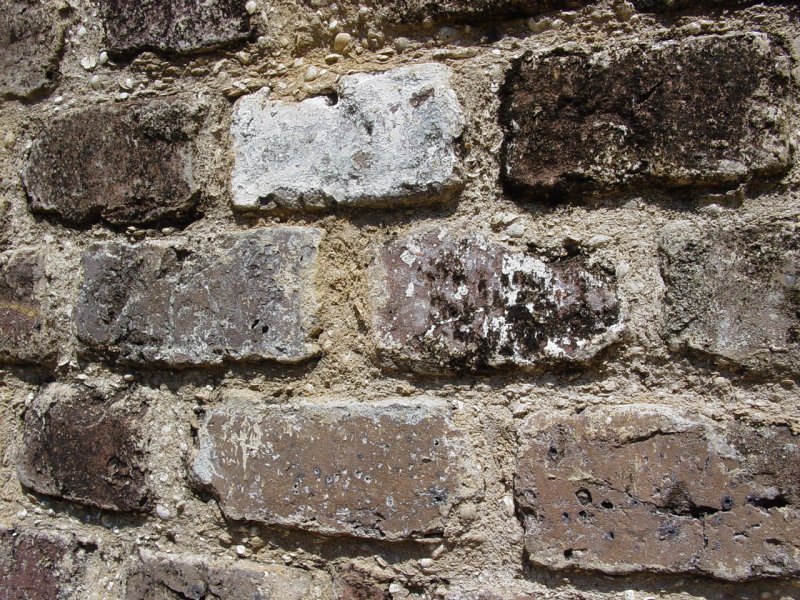

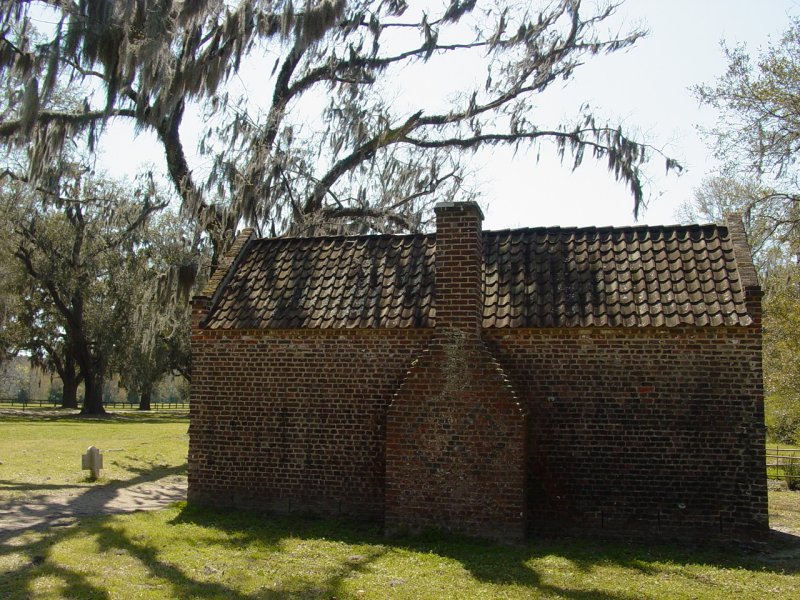
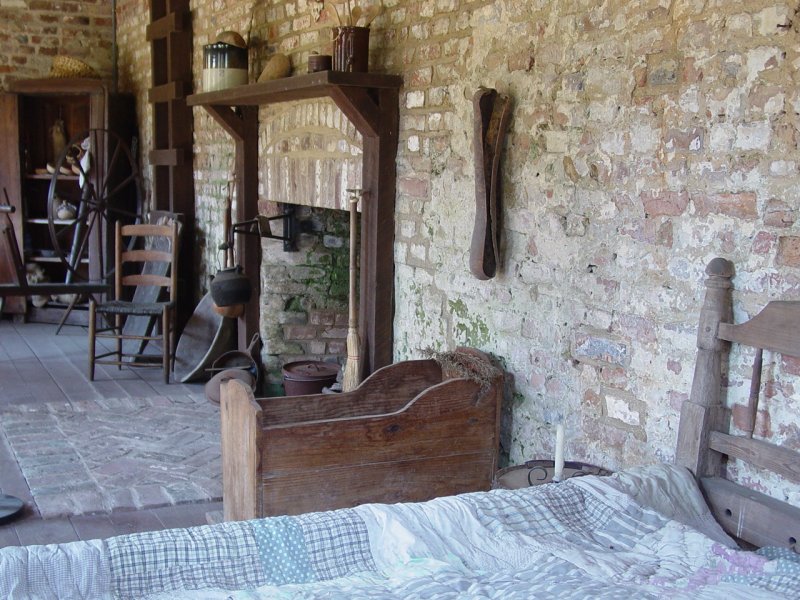

  
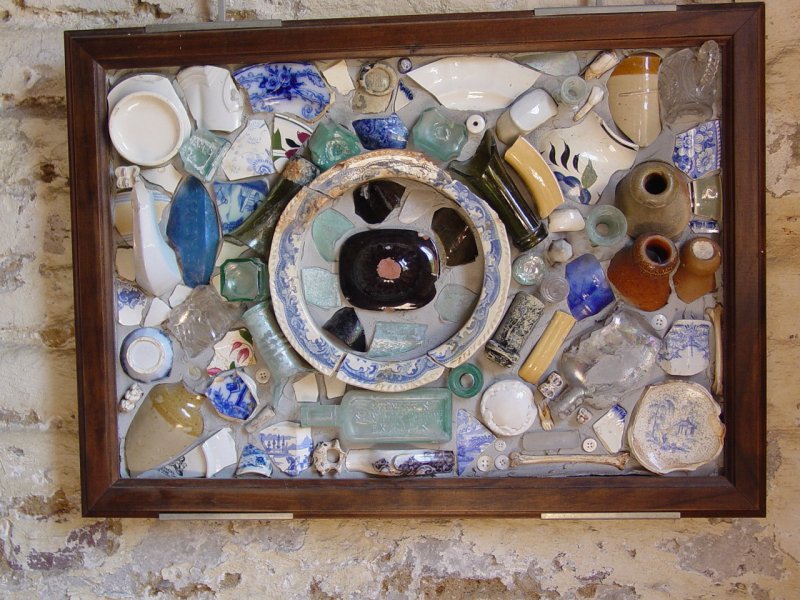
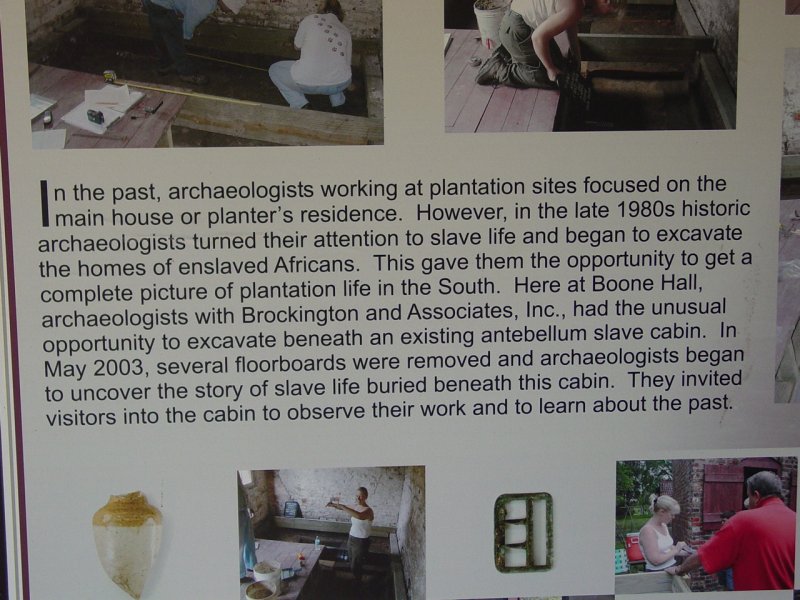
In the
past, archaeologists working at plantation sites focused
on the main house or planters residence. However, in the
late 1980's historic archaeologists turned their
attention to slave life and began to excavate the homes
of enslaved Africans. This gave them the opportunity to
get a complete picture of plantation life in the South.
Here at Boone Hall, archaeologists with Brockton and
Associates, Inc., had the unusual opportunity to
excavate beneath an existing antebellum slave cabin. In
May 2003, several floorboards were removed and
archaeologists began to uncover the store of slave life
buried beneath this cabin. They invited visitors into
the cabin to observe their work and to learn about the
past.
 
 

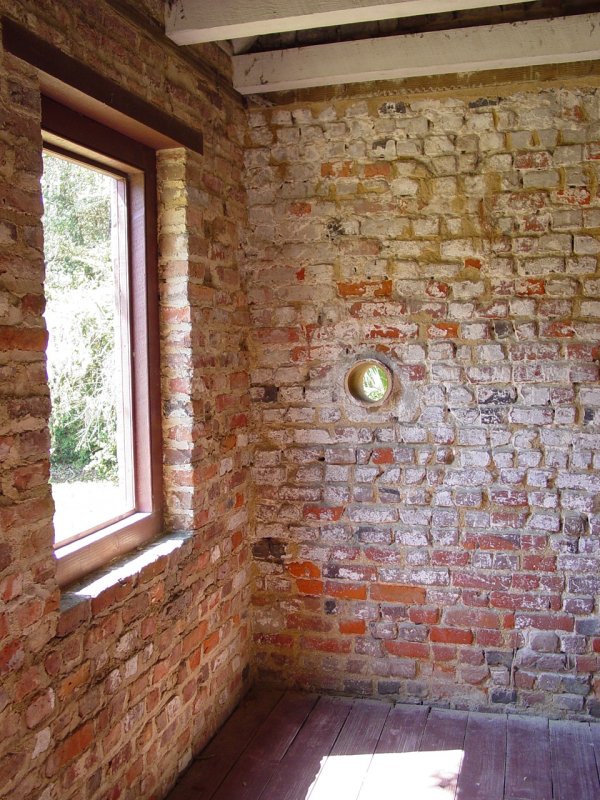

 
 

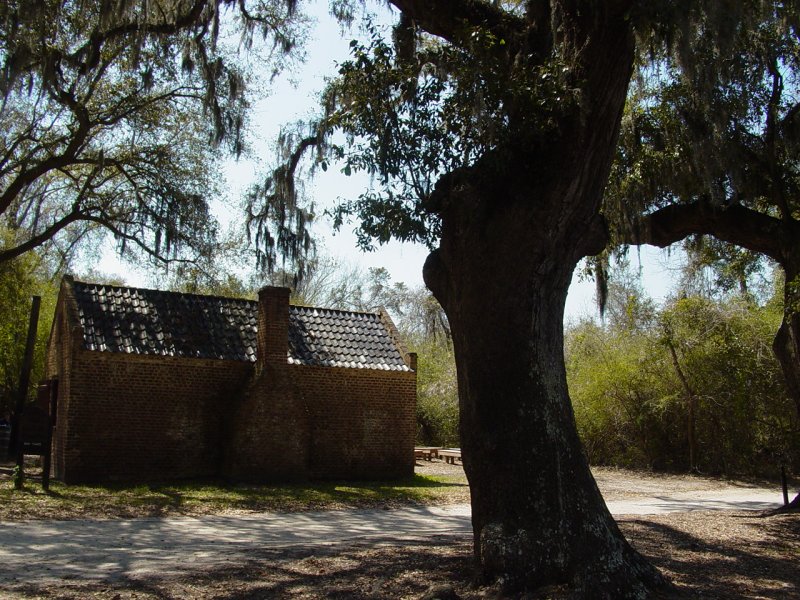

We walked down the path to the
Cotton Barn near the river. It was being decorated for a function.
It looks like a recently constructed building, perhaps in the style and on
the location of the original.

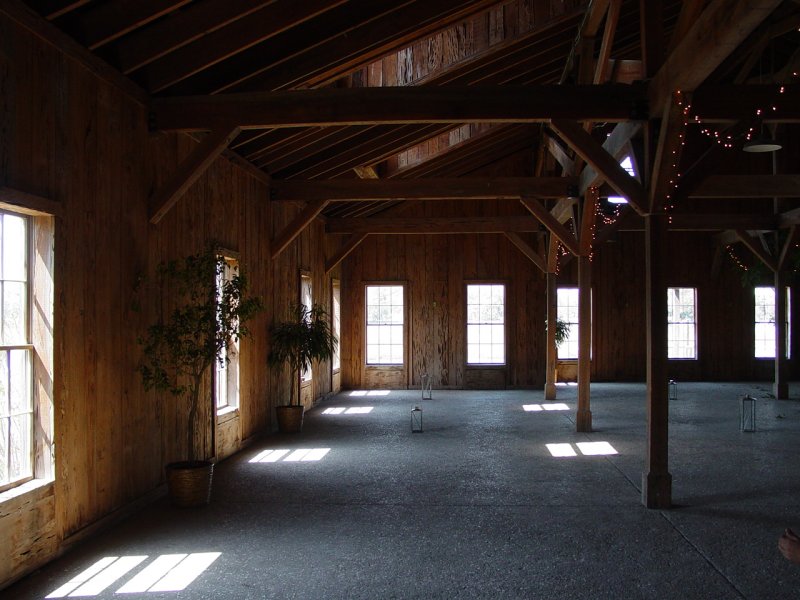




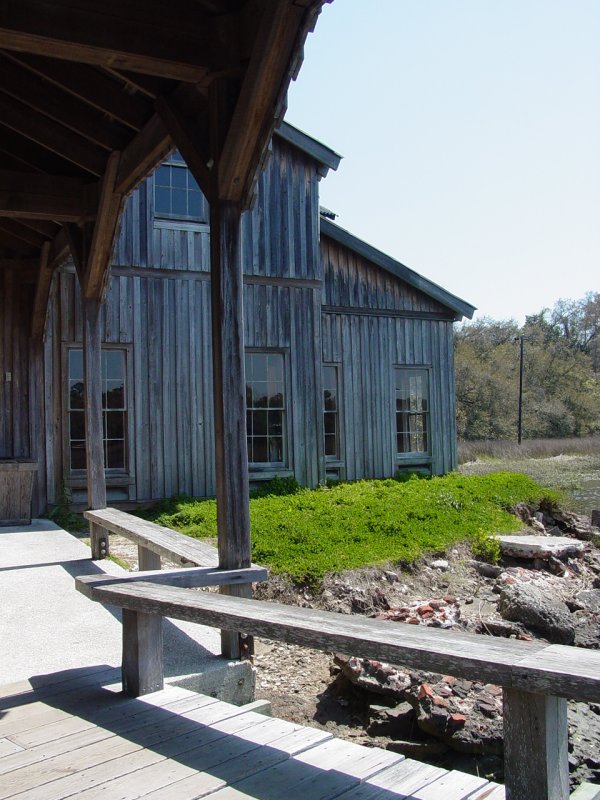

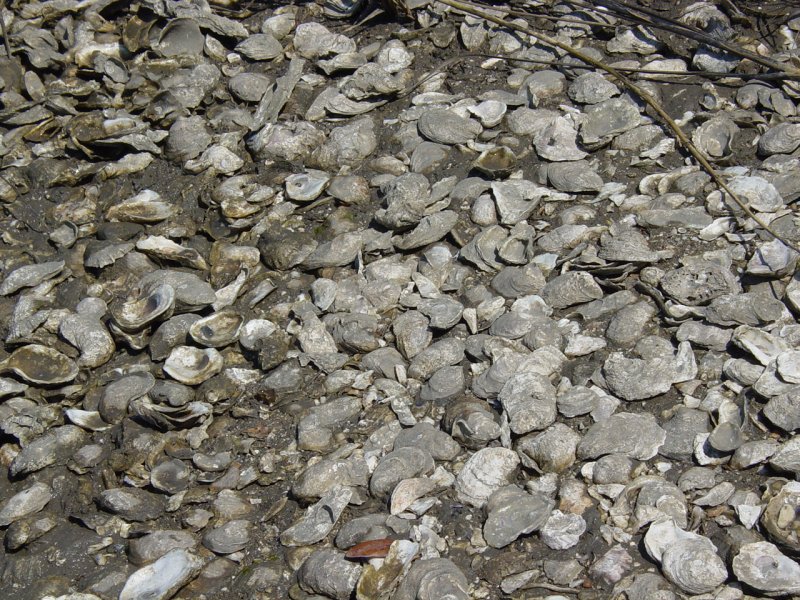

Thousands of shells discarded near
the bank of the stream.

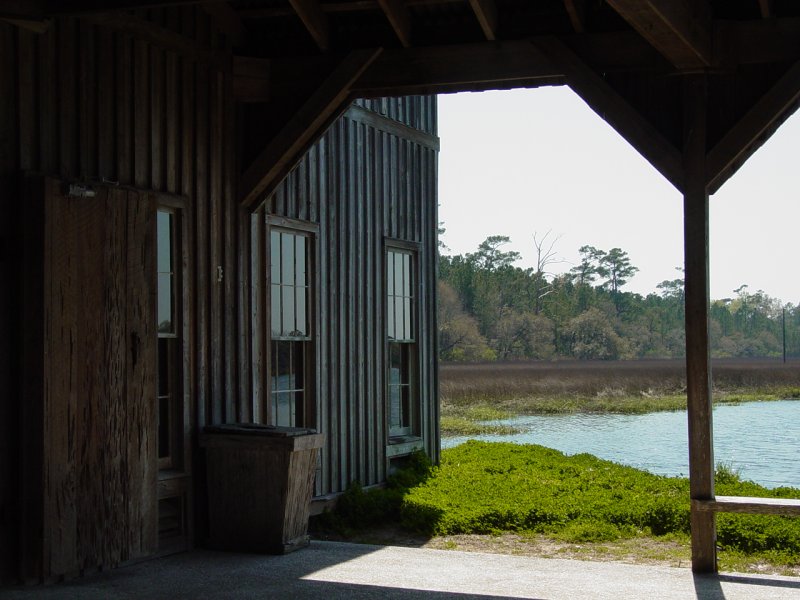

 
    
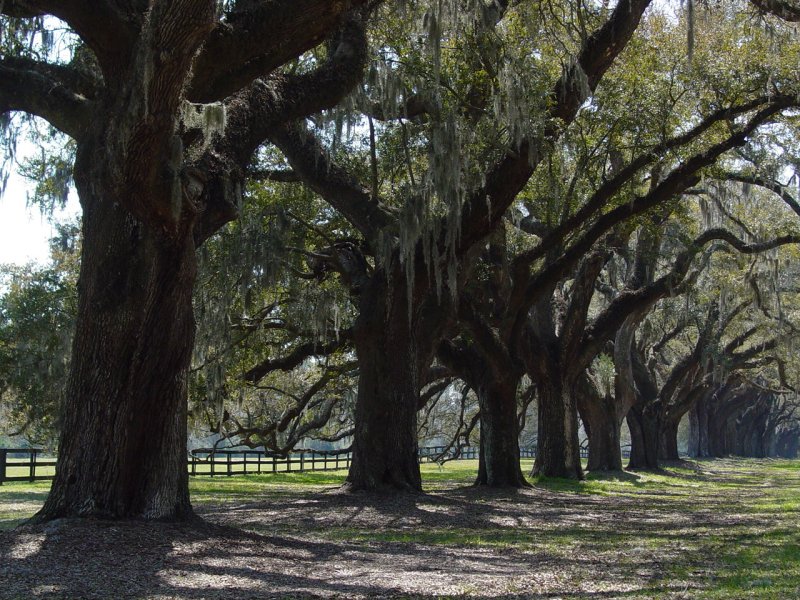
 
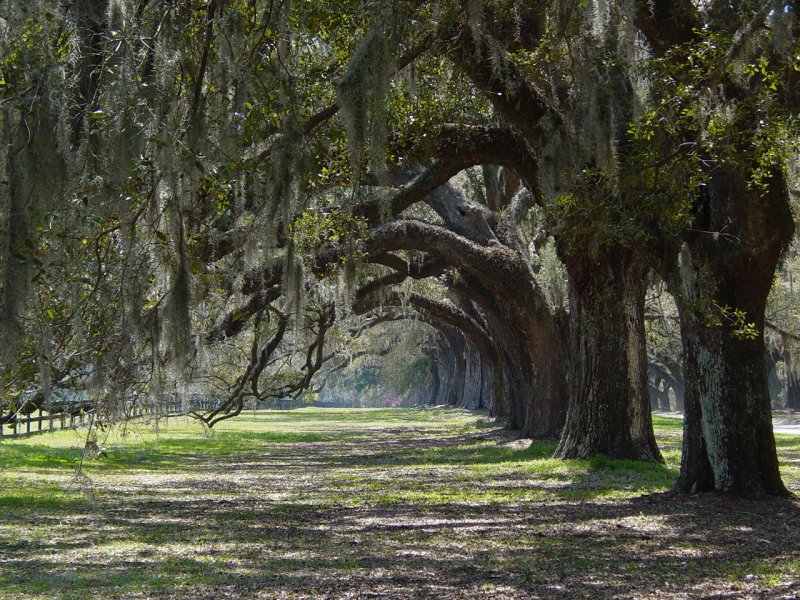

   
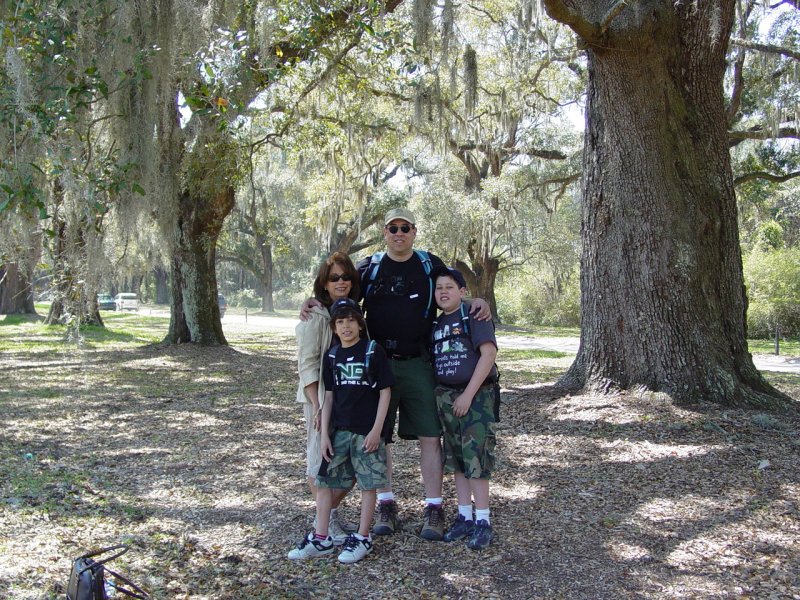

  
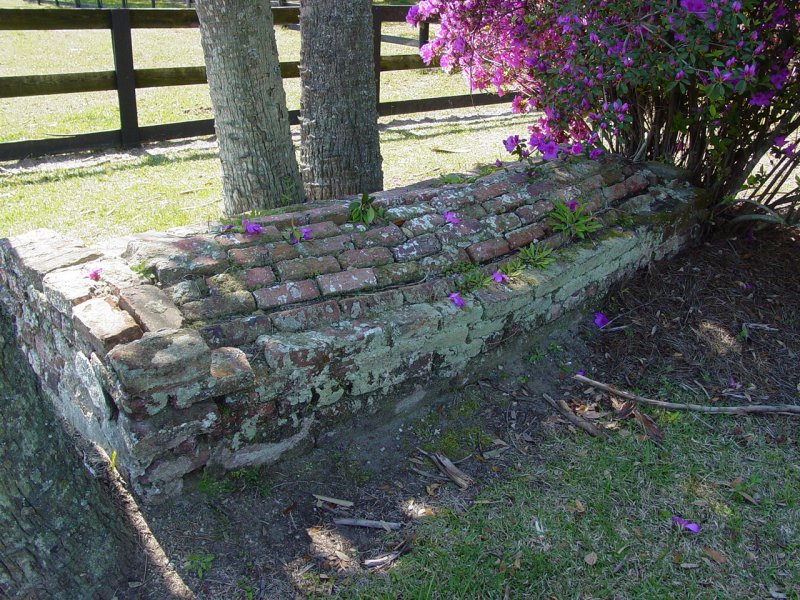
 
  

 
 
We walked over to the
plantation house to wait for our 2:00PM tour. While waiting, I
explored the gardens around the house.
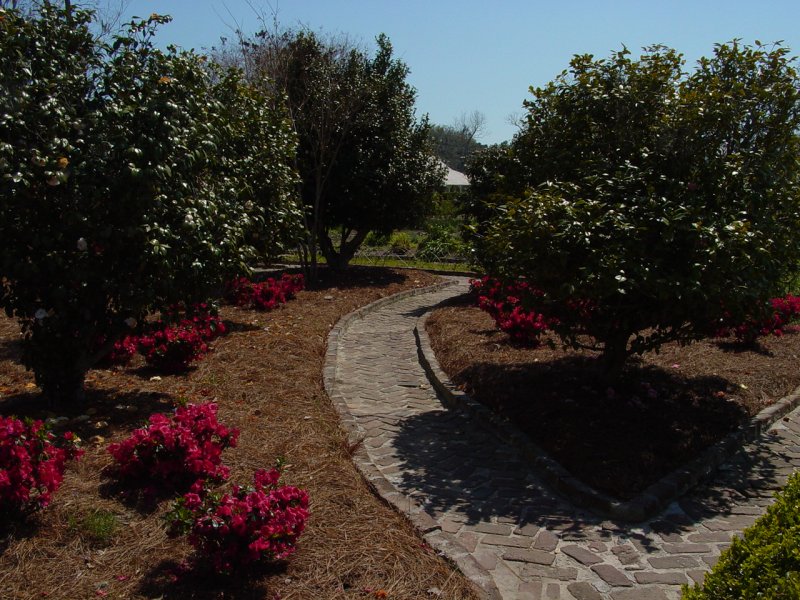

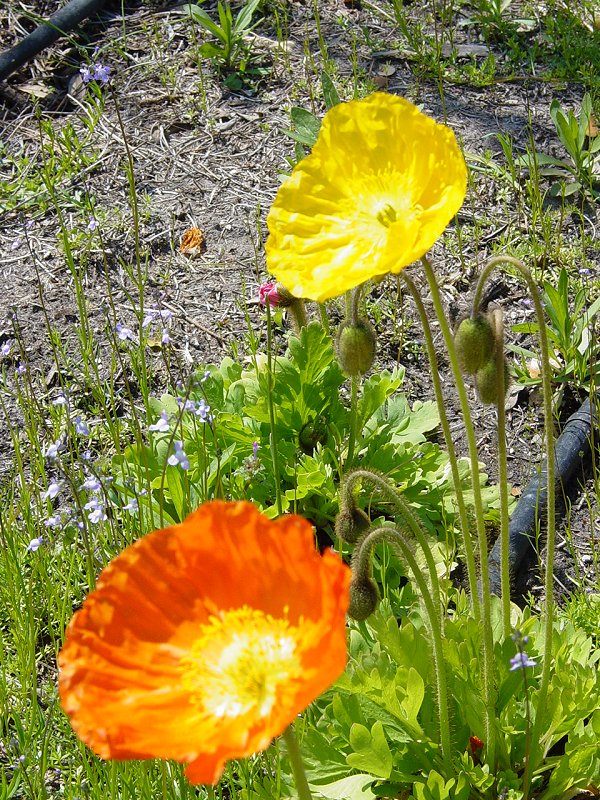 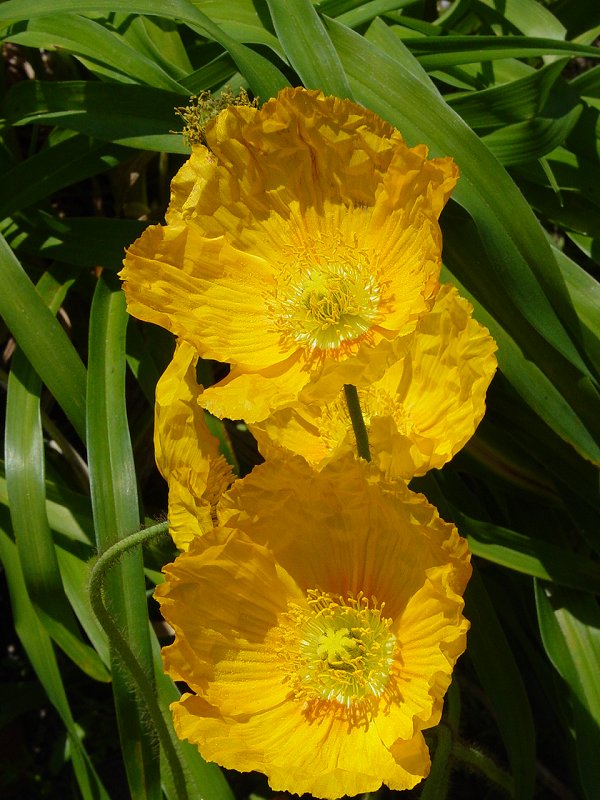 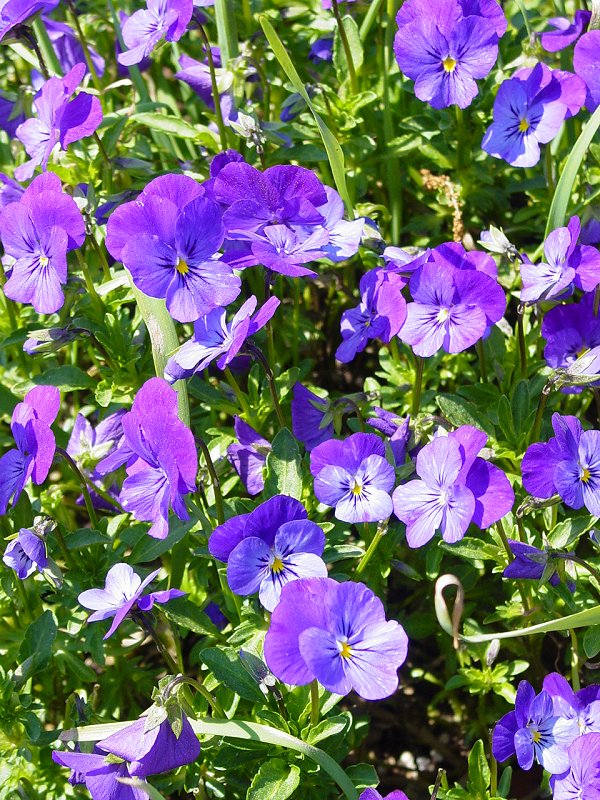 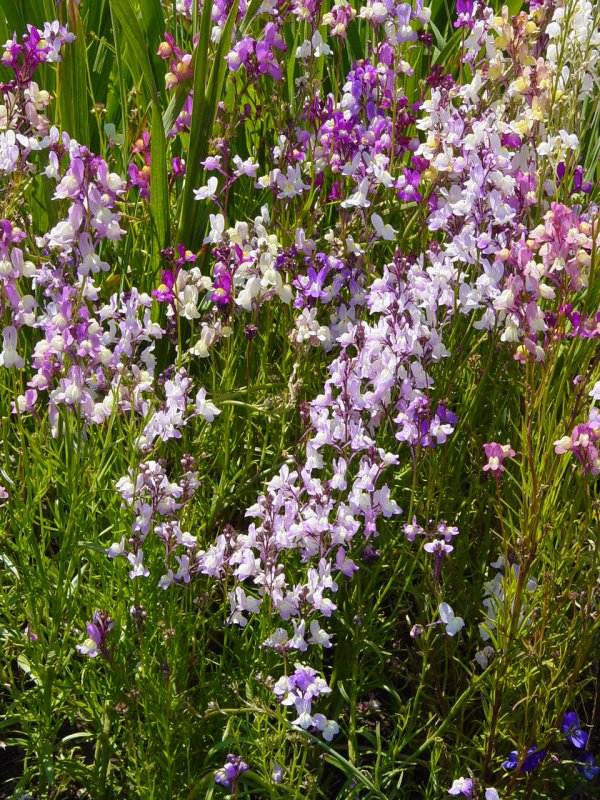 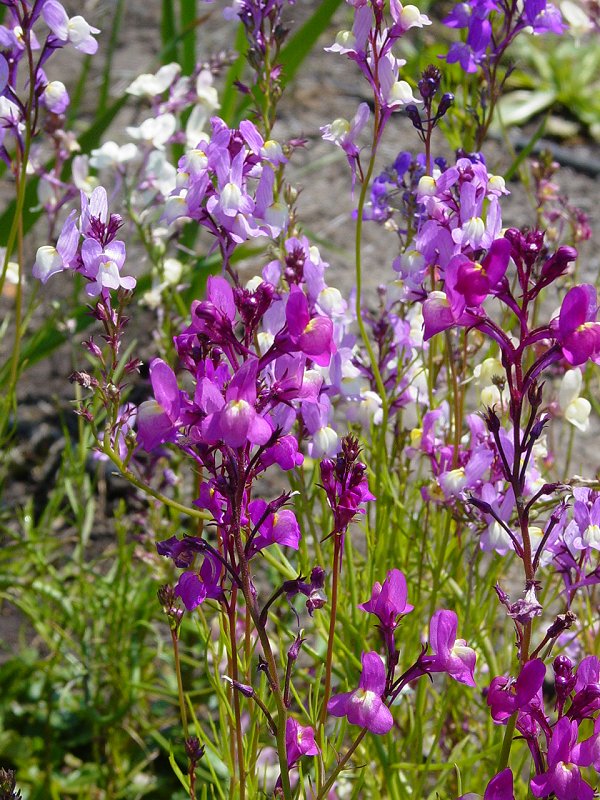
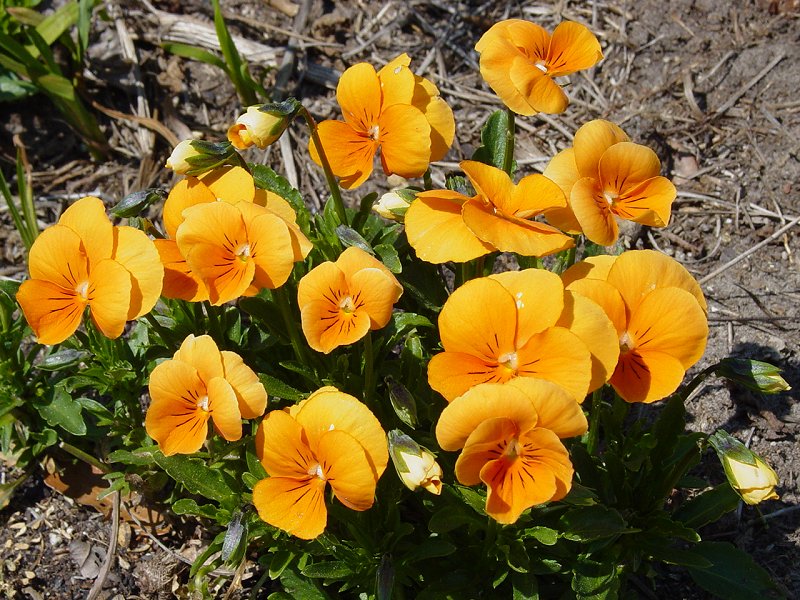 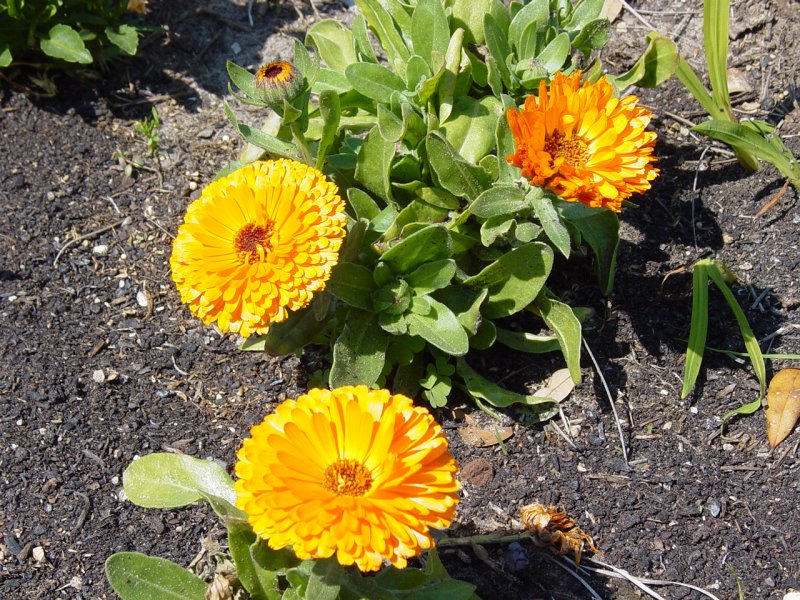 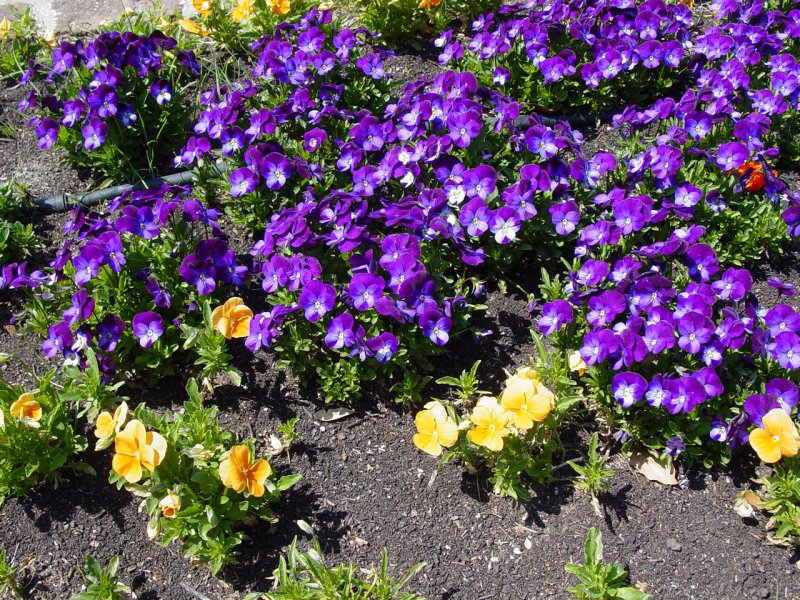
The house itself was built in
the 1930's. So as an example of Southern Plantation, it's not
precisely what you would have found around the time of the civil war, but it
is a stately home nonetheless.

 

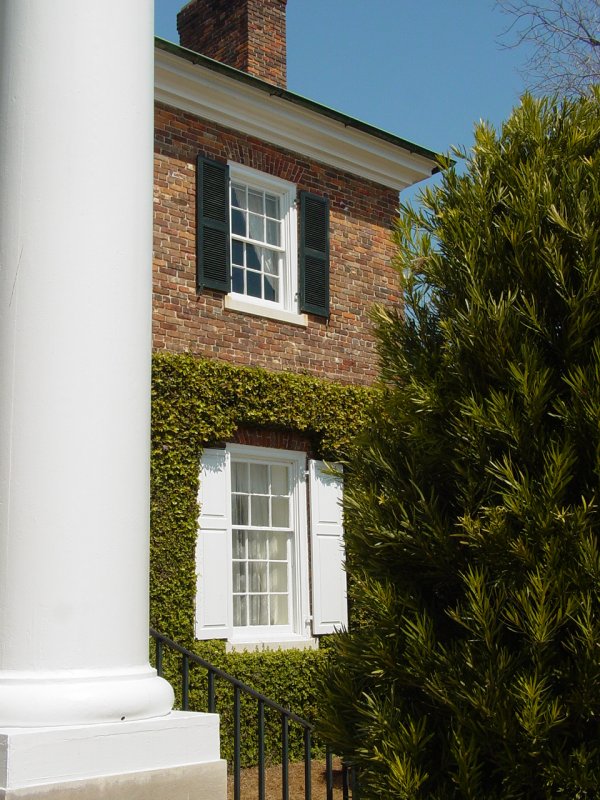

We were asked as a group, and
I was personally admonished against taking pictures inside the house because
it would "cause insurance rates to go up". I found it to be a
disappointment until I walked through the part of the house that was
included on the tour. It was forgettable. There was the library
with shelves upon shelves of old books behind chicken wire. The dining
room was OK with some china on display. The last room connected to a
men's study, perhaps the most interesting room. The rest of the house
was off limits as the owners of the property apparently still from time to
time occupy it. The entire time we toured the three rooms we were
spoken to and treated like children by the tour guide, who had trouble
answering most questions, and watched us all like a hawk lest we break or
steal something. It was most unrewarding. It was a relief to get
back outside and back to freedom from her mistrust and piercing gaze.
 
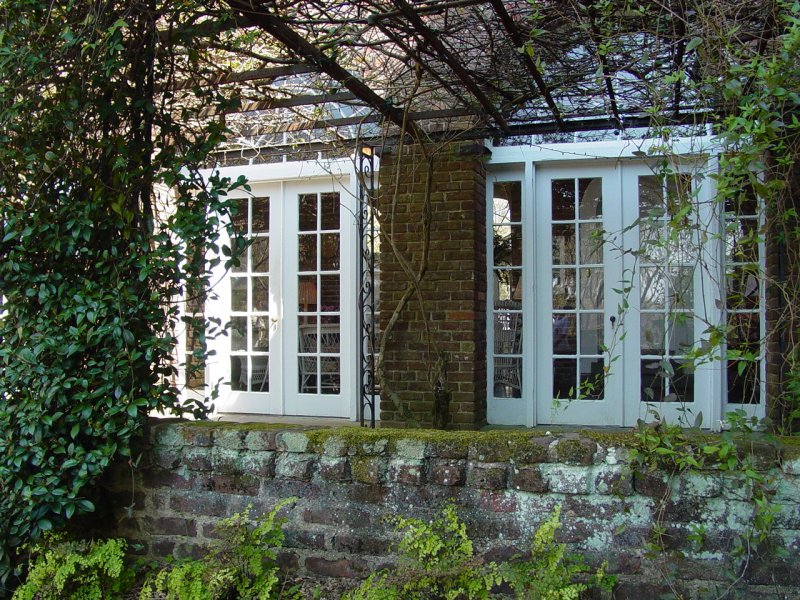


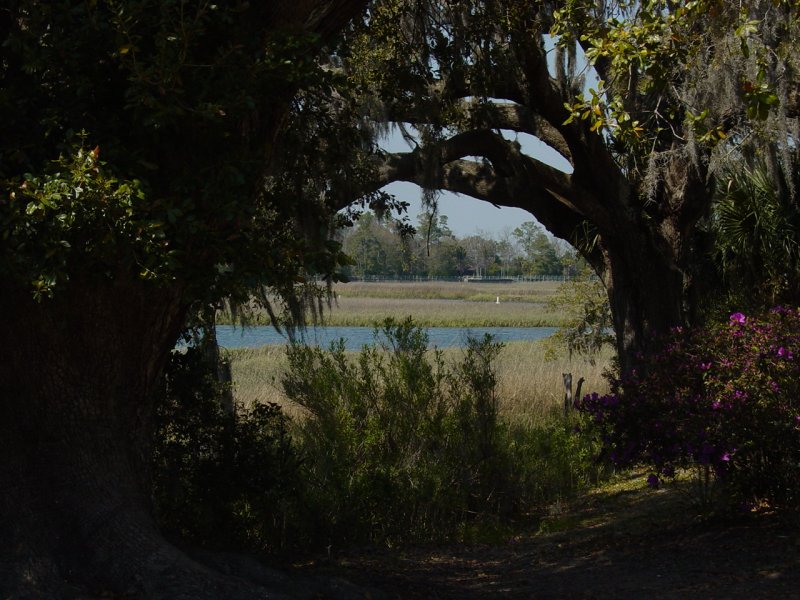


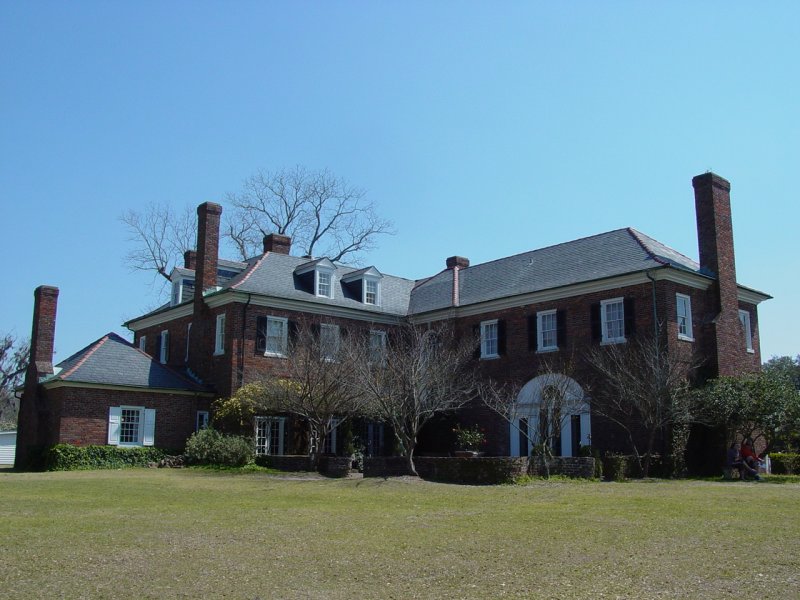

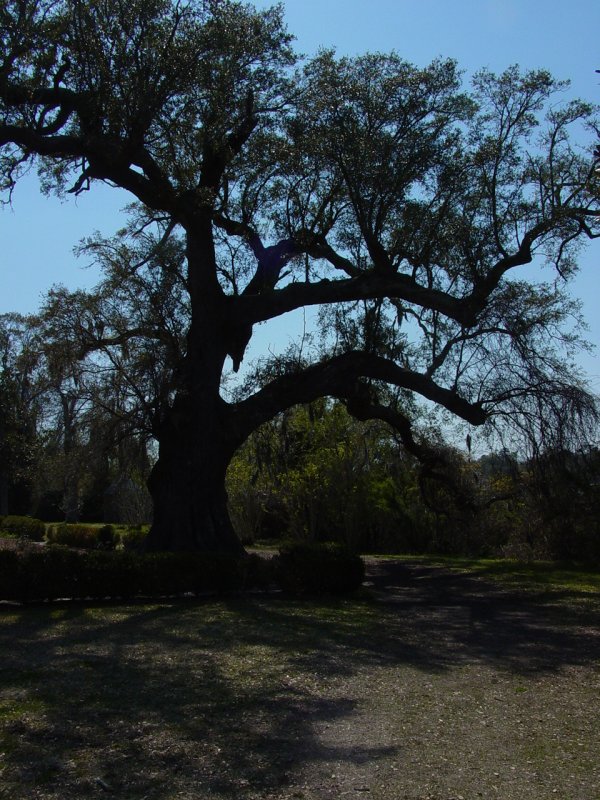

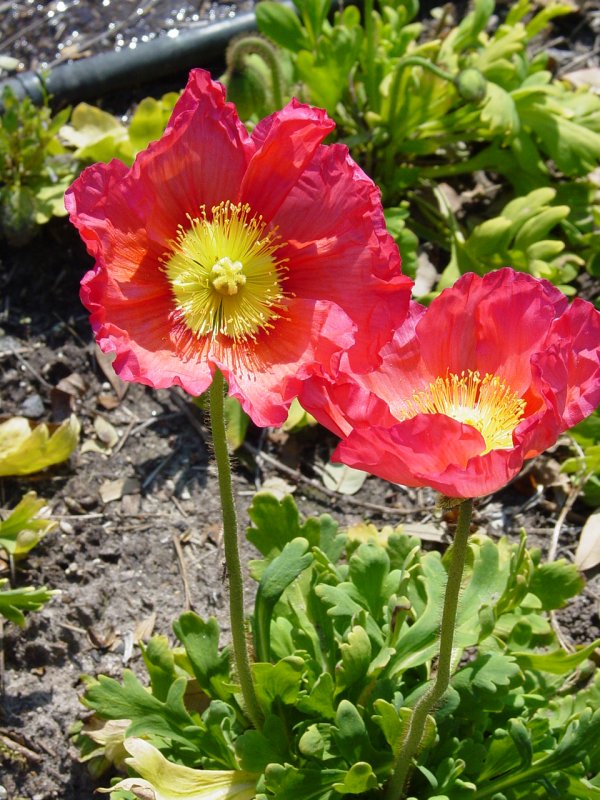

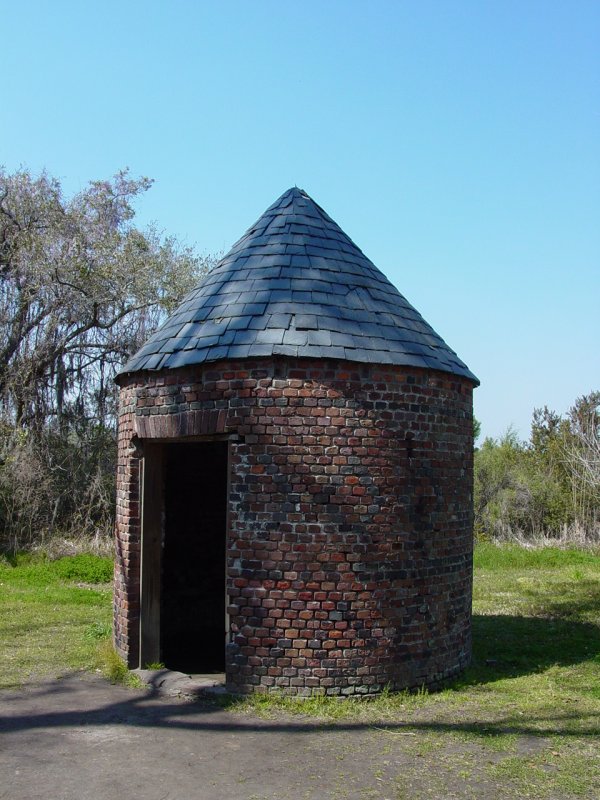
  
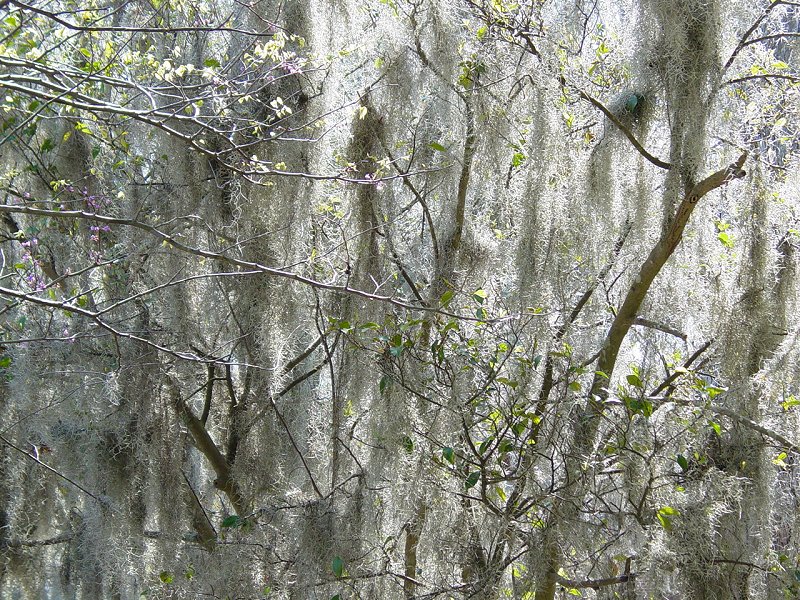
 
An interesting anachronism is
the tractor collection. This has to be the nicest collection of Civil
War-era farm implements I have ever seen!

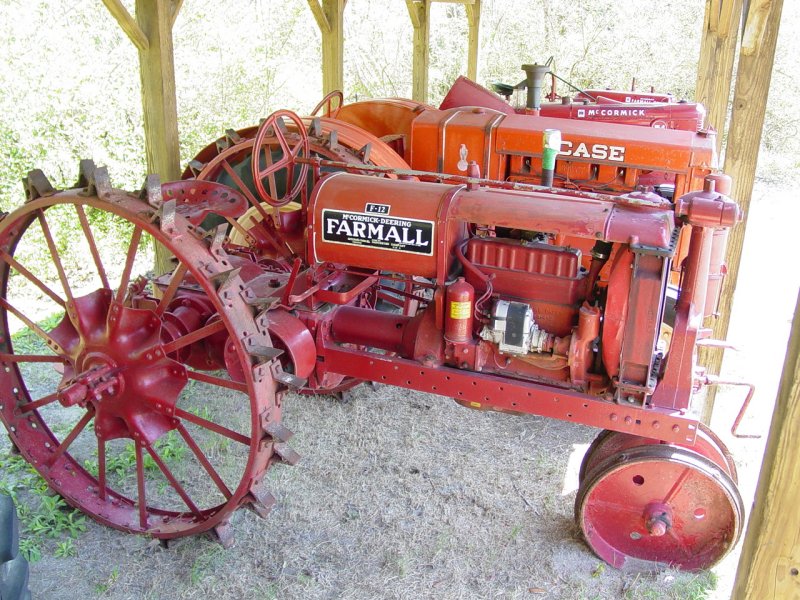



We made a quick check of the
deli but opted instead to seek a meal outside the plantation. On our
way out I noticed the weather station. We finished up our visit and
were on the road by 3:30PM. When later asked what was their favorite
and least favorite part of the day, the kids indicated they found the
Plantation the least favorite part of the day. That was probably
because of the length of time we spent there, the amount of walking they
did, and the lack of kid-friendly things to do. Maria and I liked it
pretty well for the gardens and landscape but were disappointed overall with
the house and lack of agricultural aspects in evidence.
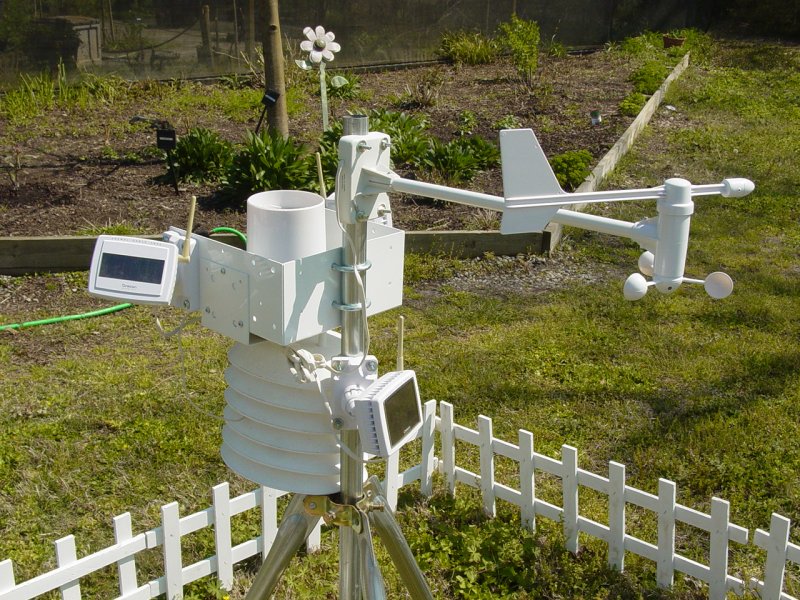
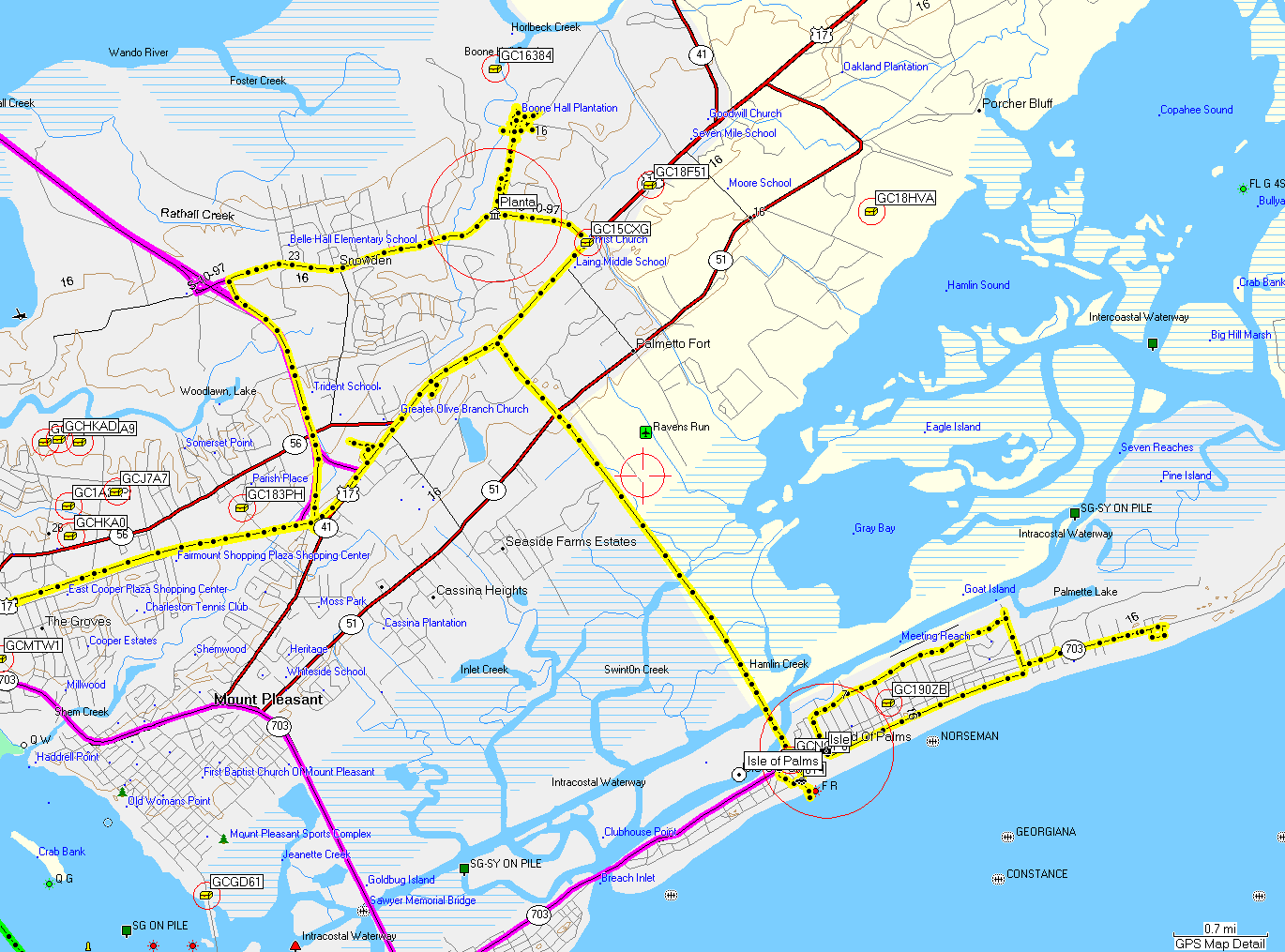
We had a late lunch at a
nearby Five Guys in Mt. Pleasant. We got back on the road by
4:00PM.
Isle of Palms
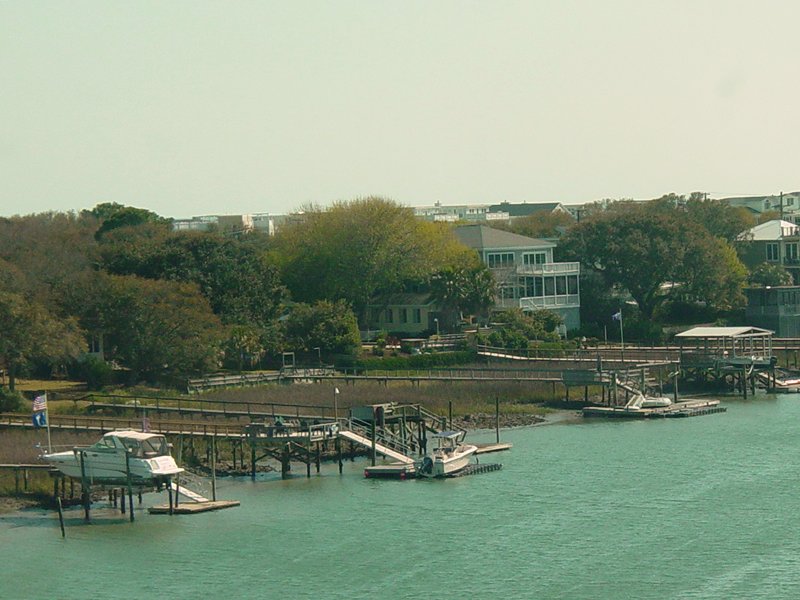
We drove to the Isle of Palms where I made
a quick stop to visit the
Palm Boulevard Geocache. We were there from 4:08PM to 4:22PM.
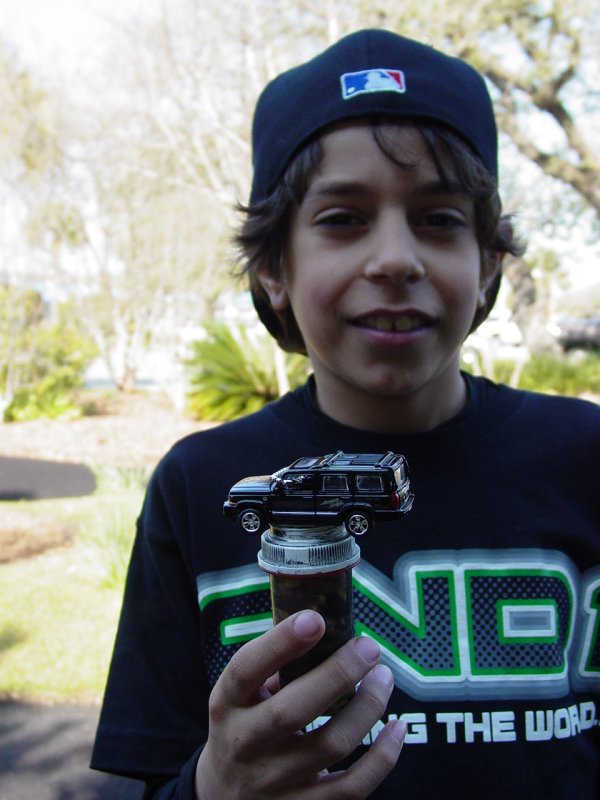
   
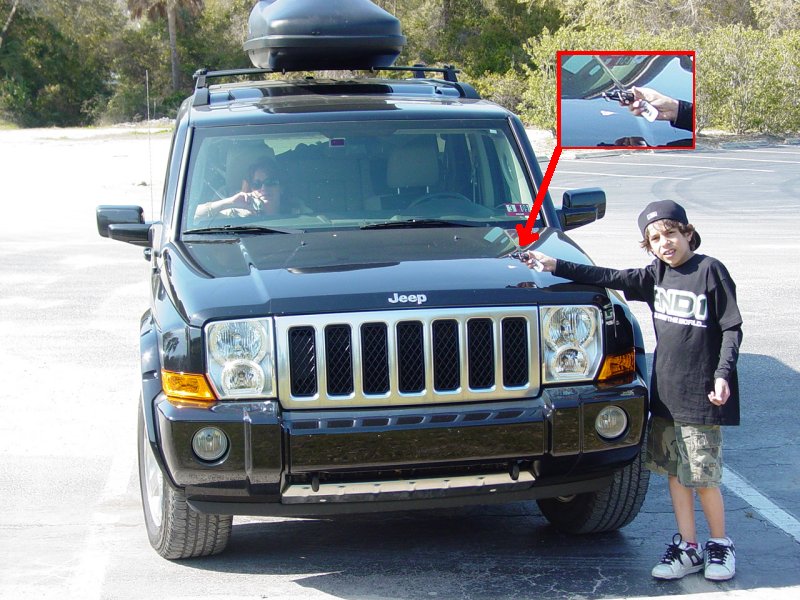
With the Geocache out of the
way, we headed to the beach and spent about 30 minutes there, leaving at
4:57PM - it was a little chilly!
      
 
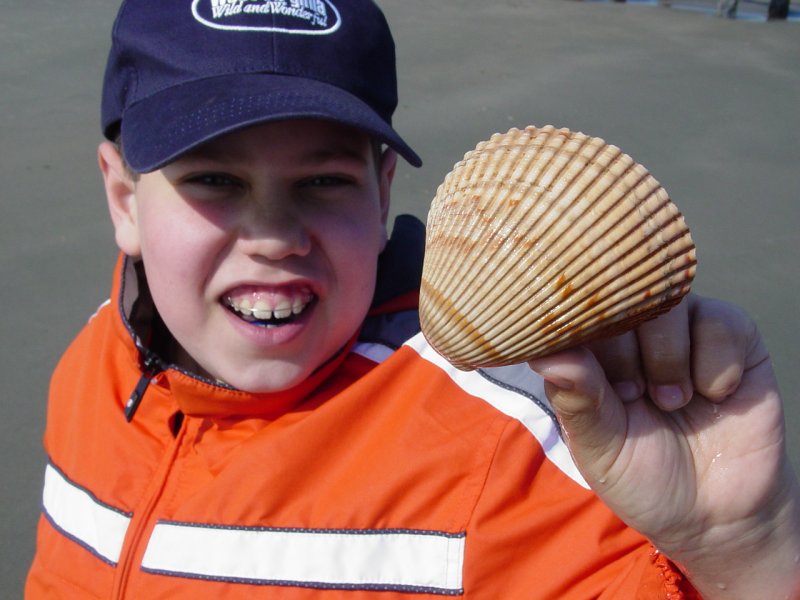
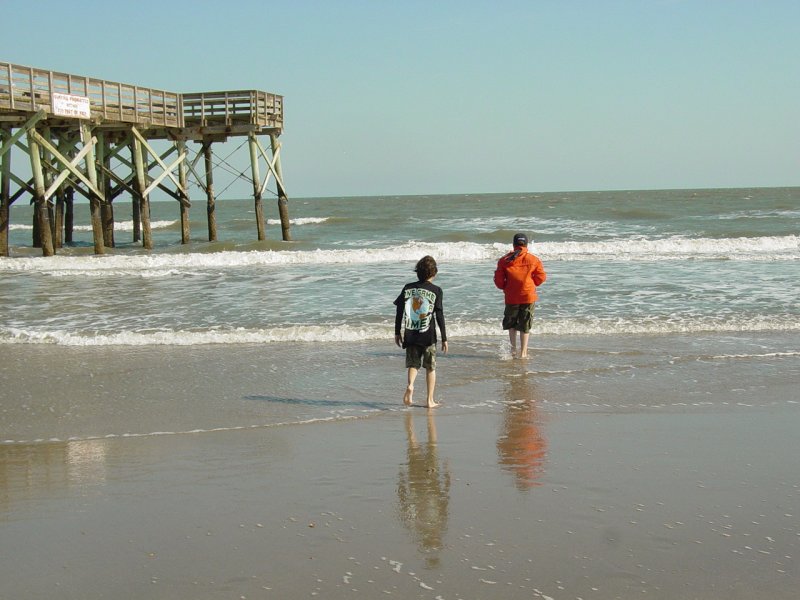
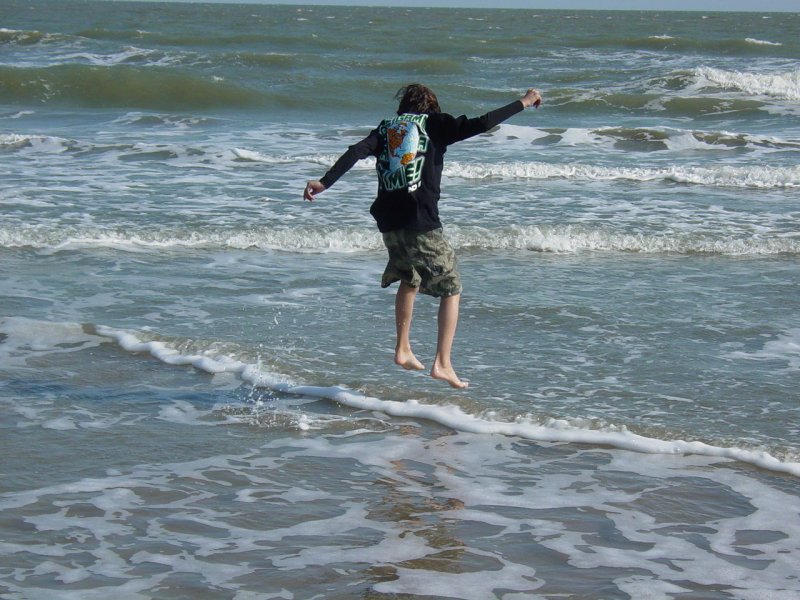
 


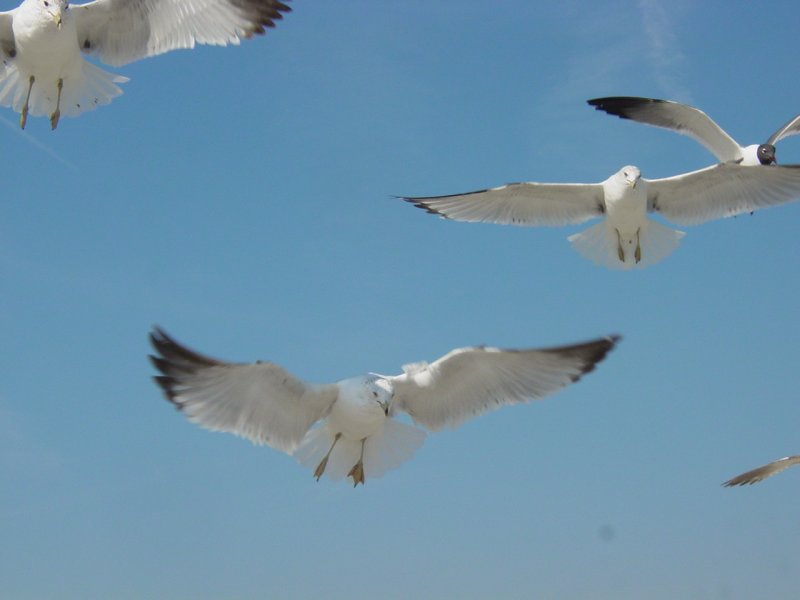

   

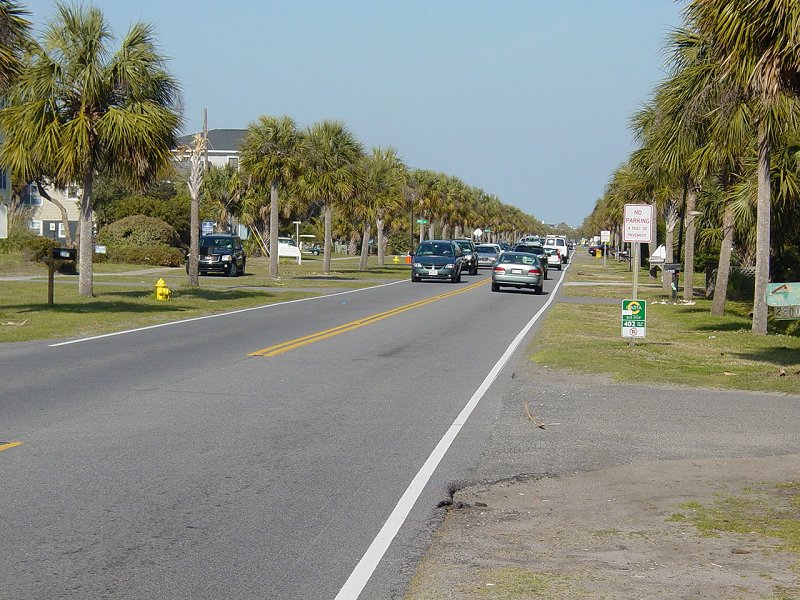



After false start leaving, we
returned and drove around the Island for half an hour, leaving finally at
5:30PM.
Market Street
I had promised everyone we would return to
Market Street earlier today so we could walk around and do some shopping
before getting something to eat. This time we arrived at 6:00PM,
giving enough time for both. The theme of the evening it seemed was
Carriage Tour. Everywhere we looked, there were carriages drawn by
work horses or mules.


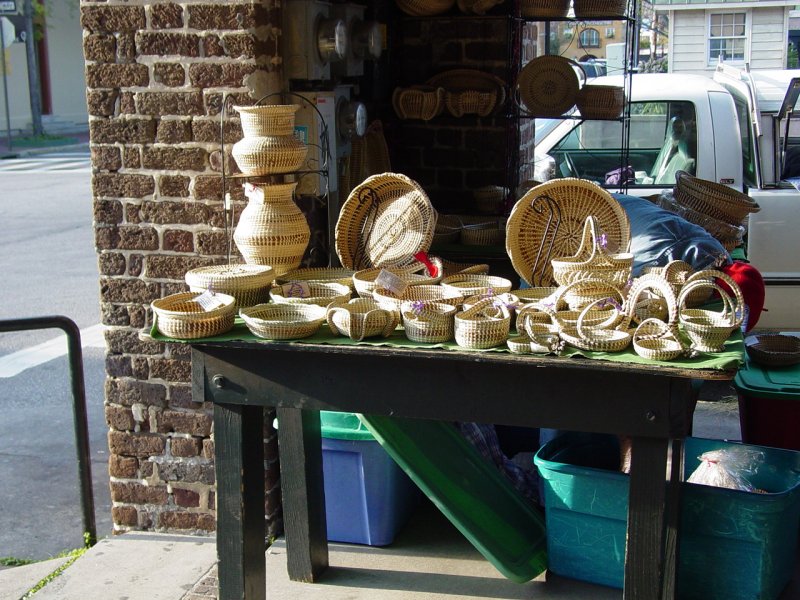
We caught the end of the
market row, with most vendors packing to leave for the day, just as we were
arriving. Still we saw enough to know what was for sale, and not
finding it much different (at least what was left) from today's typical flea
market fare.
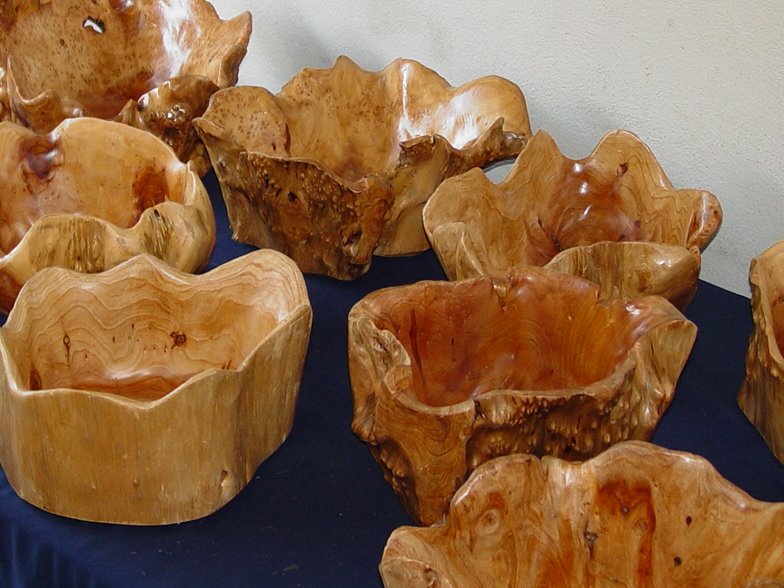

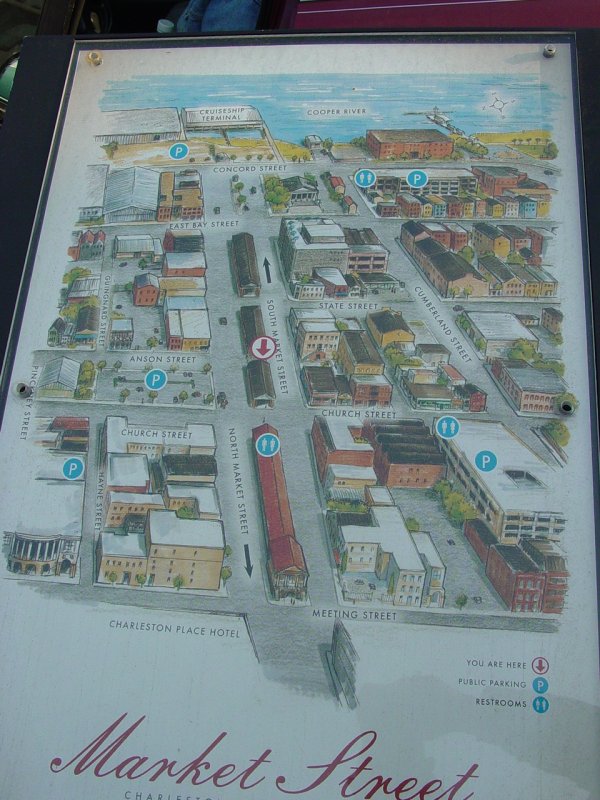
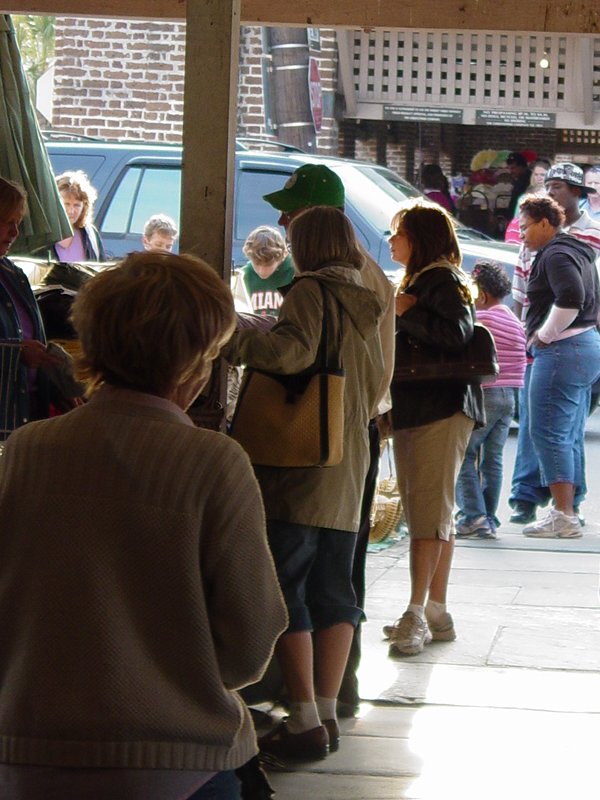
 

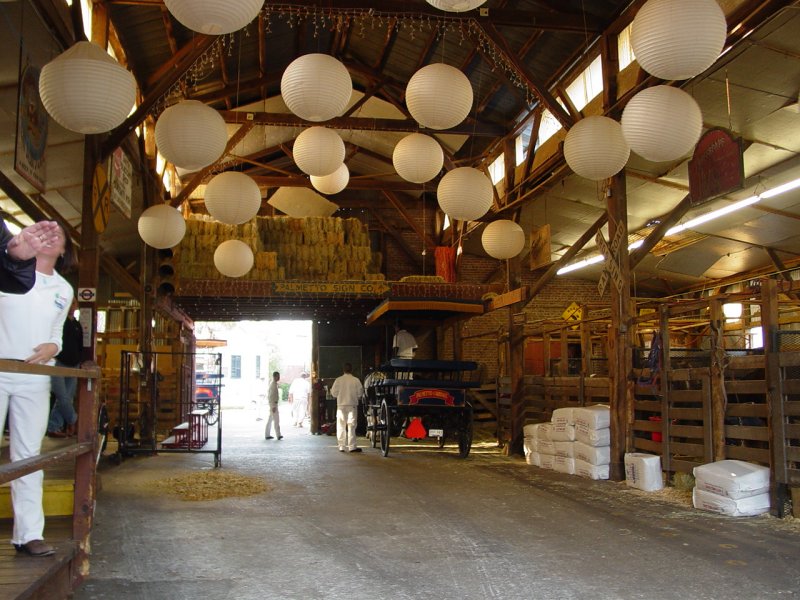
  
   
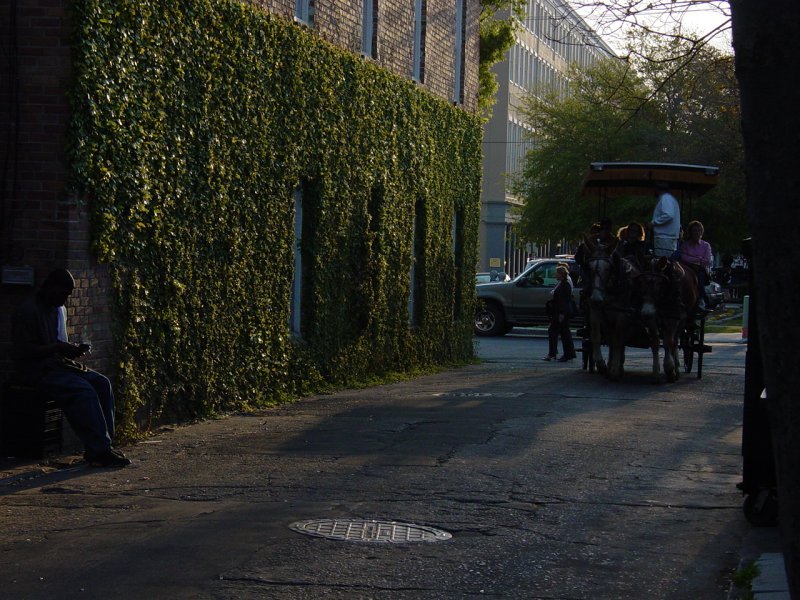
    
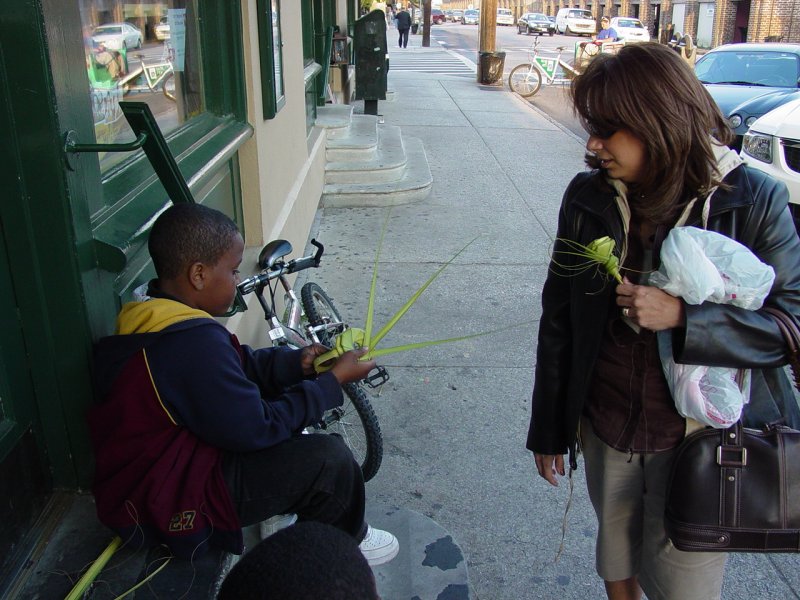
Maria stopped to talk to some
boys selling roses made of rushes. She bought one to bring home.
Next we visited the Charleston Candy
Kitchen at around 6:40PM. After that we went to dinner at T-Bonz Gill
and Grill (Kaminsky's), staying from 7:00PM to about 8:05PM

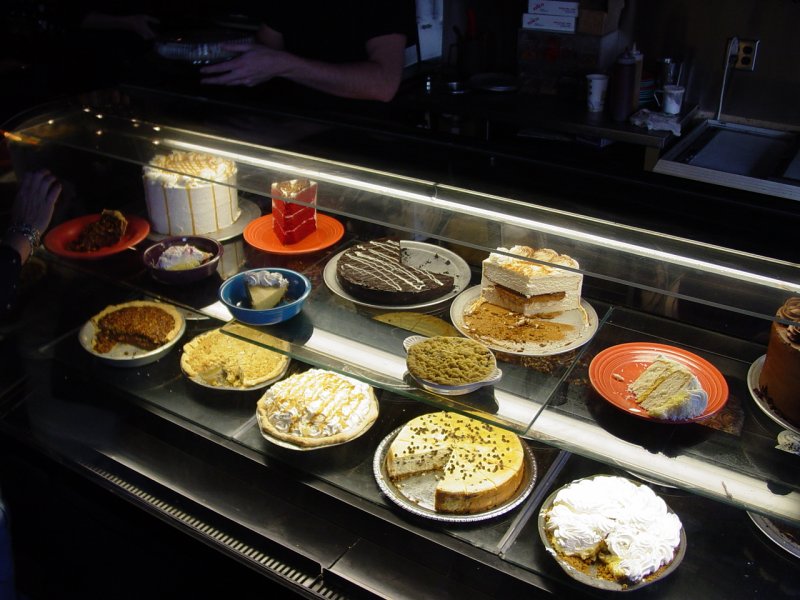
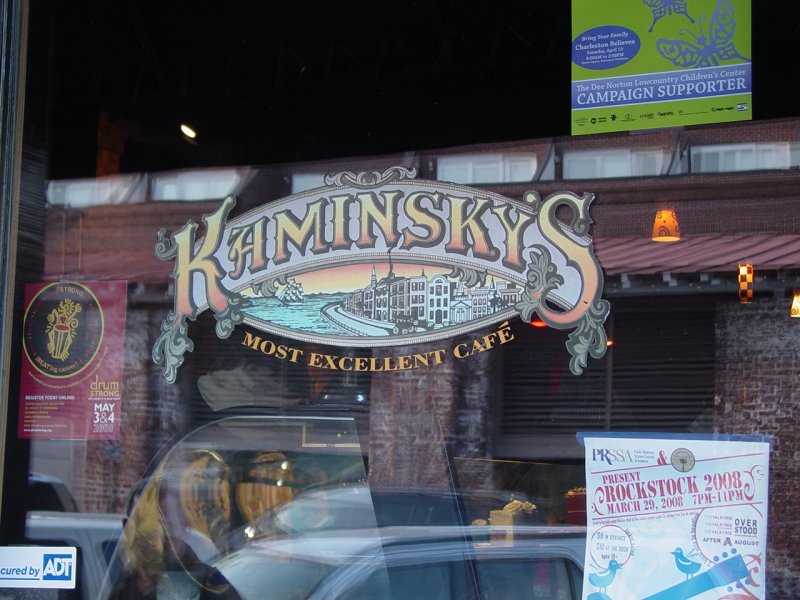
 
The meals were quite good and
the service very attentive. We enjoyed our meals. Wandered
around Market St until about 8:50PM.
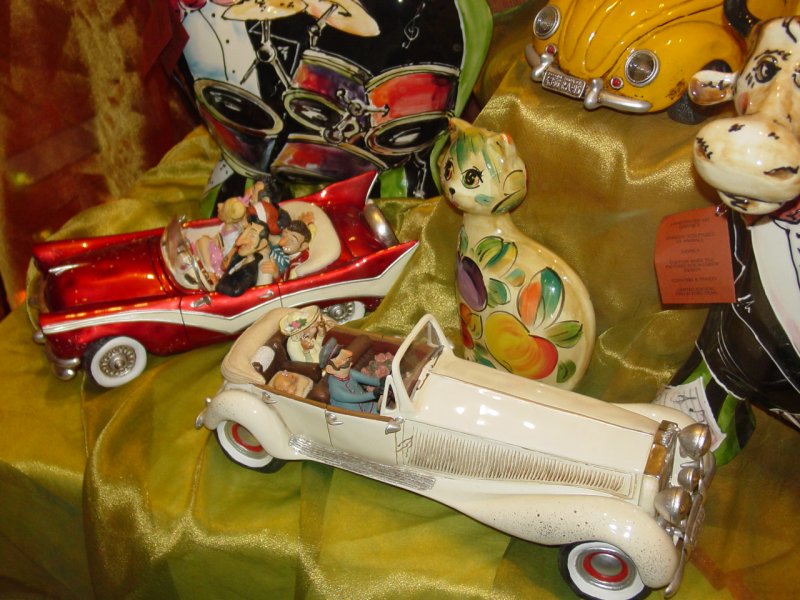
This picture was for Maria who
loves Clark Gable.
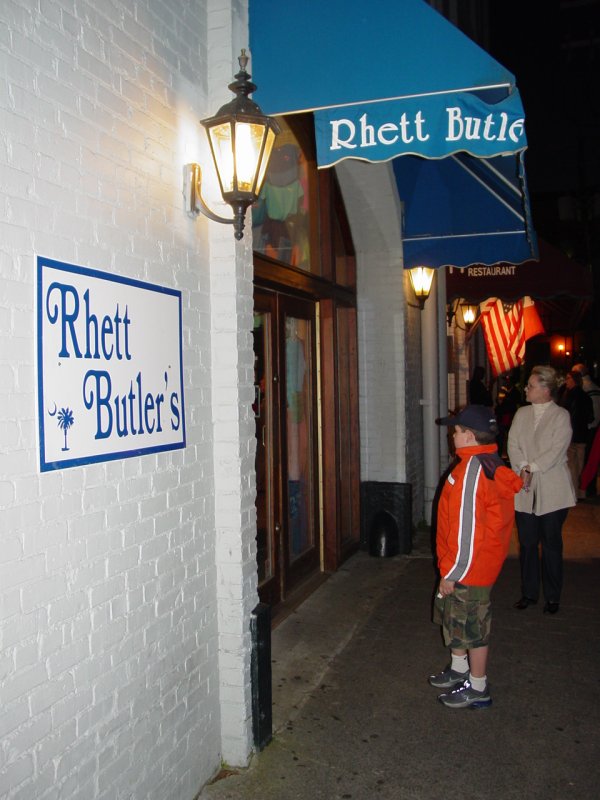
Tom wanted all the ships shown
here...
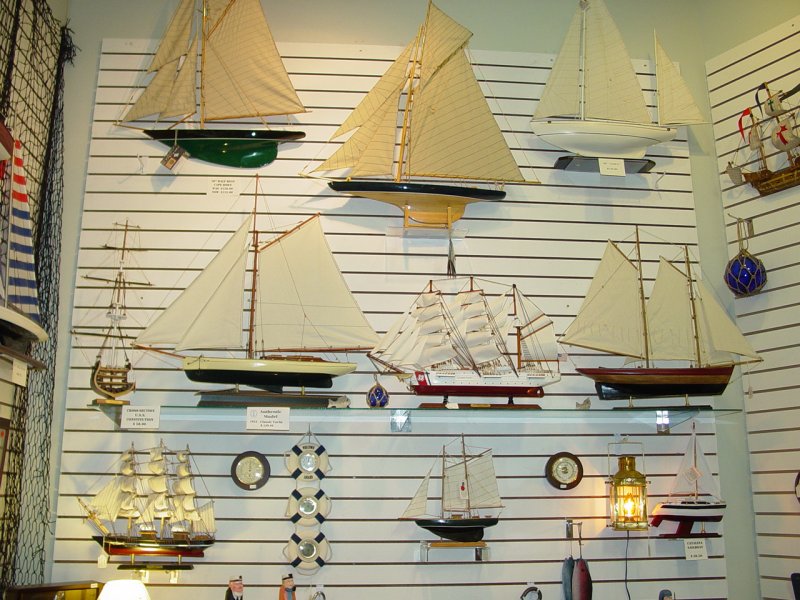
Not to mention the Geode
($1750.00...)
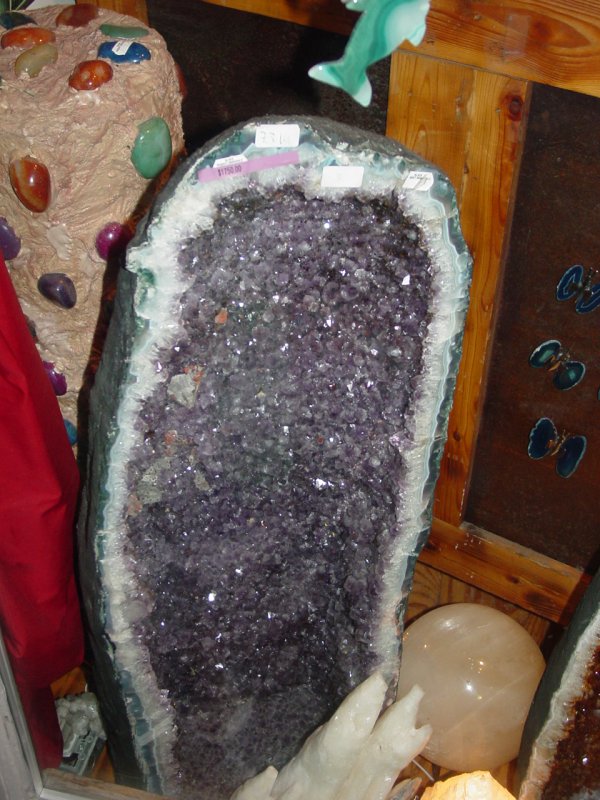

We got some ice cream at
Ben & Jerry's. That was a lot cheaper than the Geode, though the clerk
did overcharge me by $10.05 which I was refunded when I looked at the
bill...
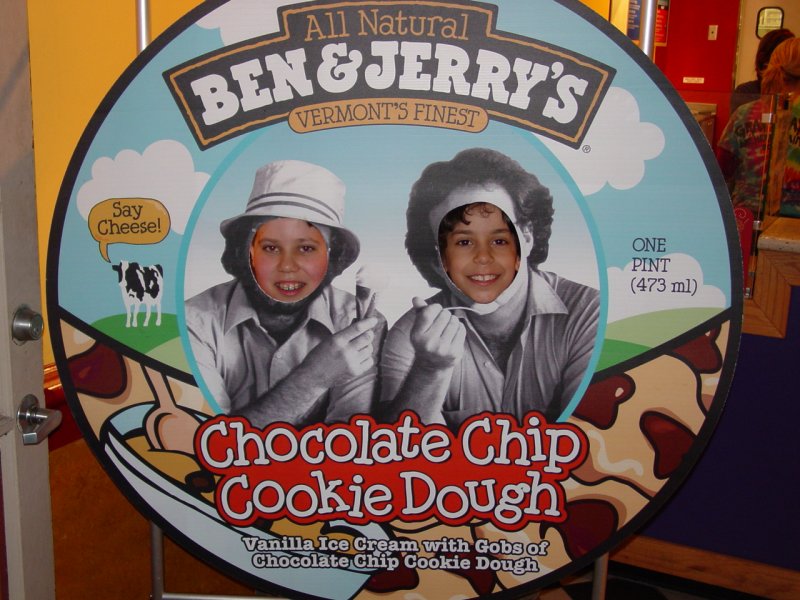 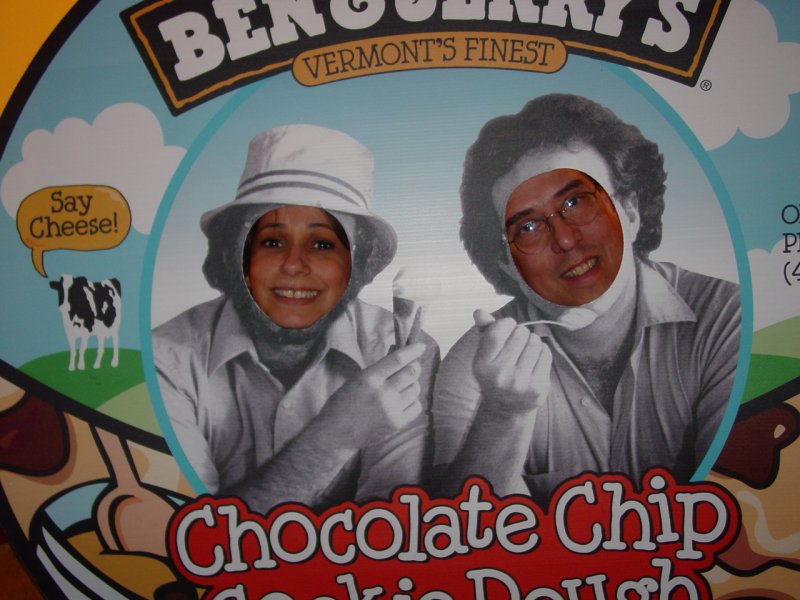
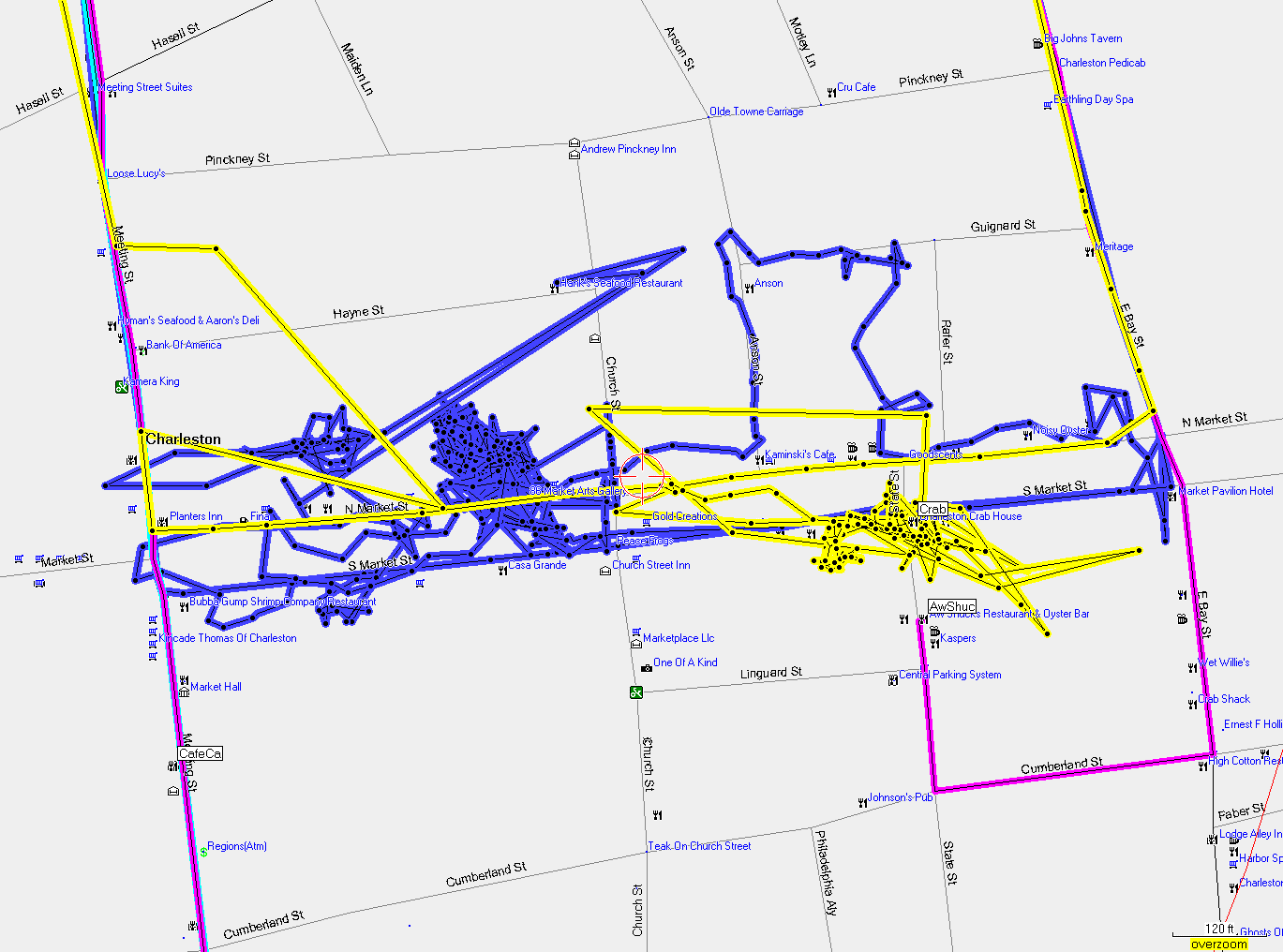
We tried to find Rainbow
"Row", followed a red herring to Rainbow "Road" out toward Folly Beach...
It turns out it's downtown a few blocks from Market Street. There are
townhouses painted a variety of colors and are the subject of many paintings
in the gift shops. We didn't find it so went back to the hotel,
arriving at 9:50PM. Another long day!
|
Visitors since
3/30/08